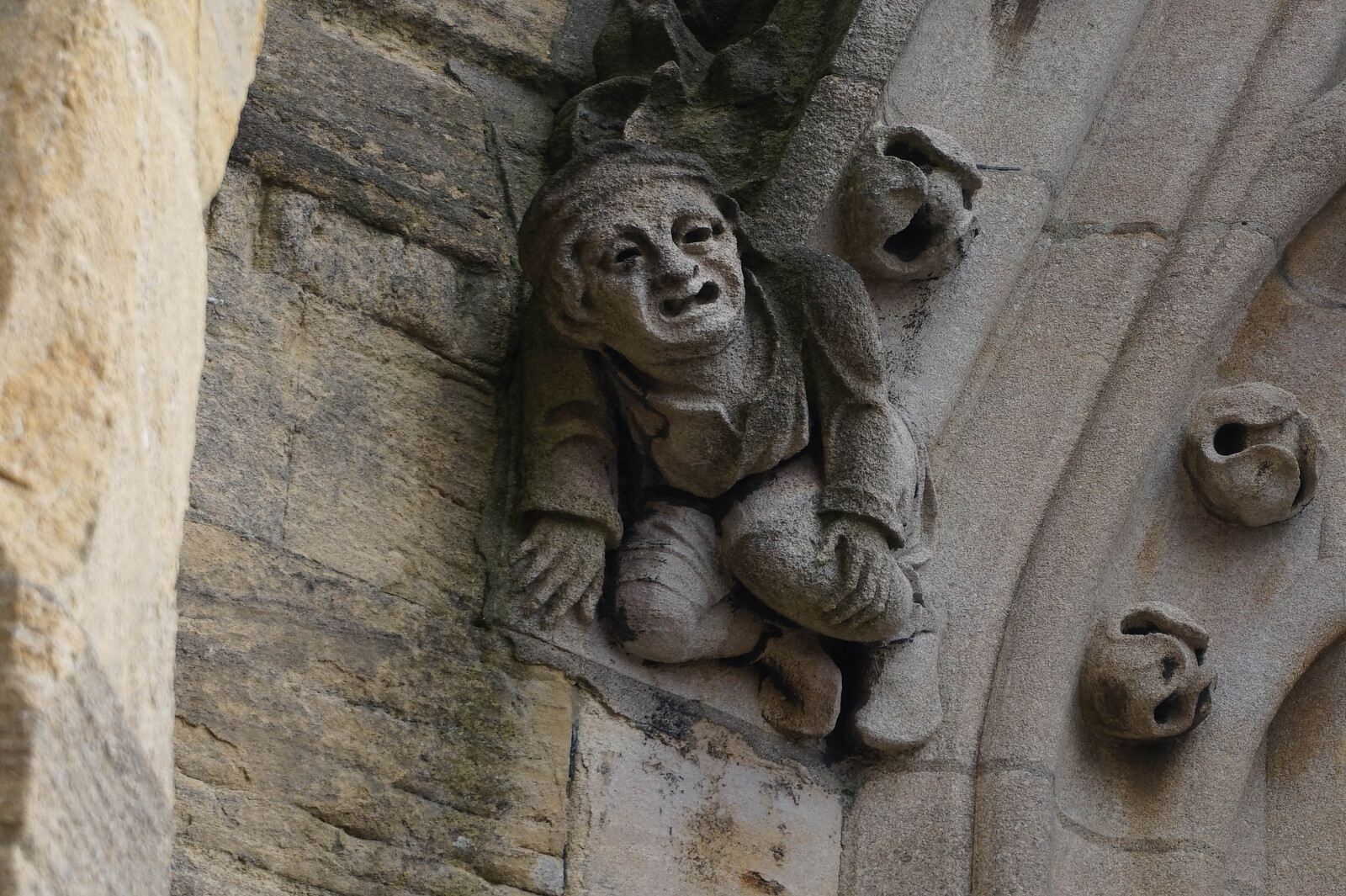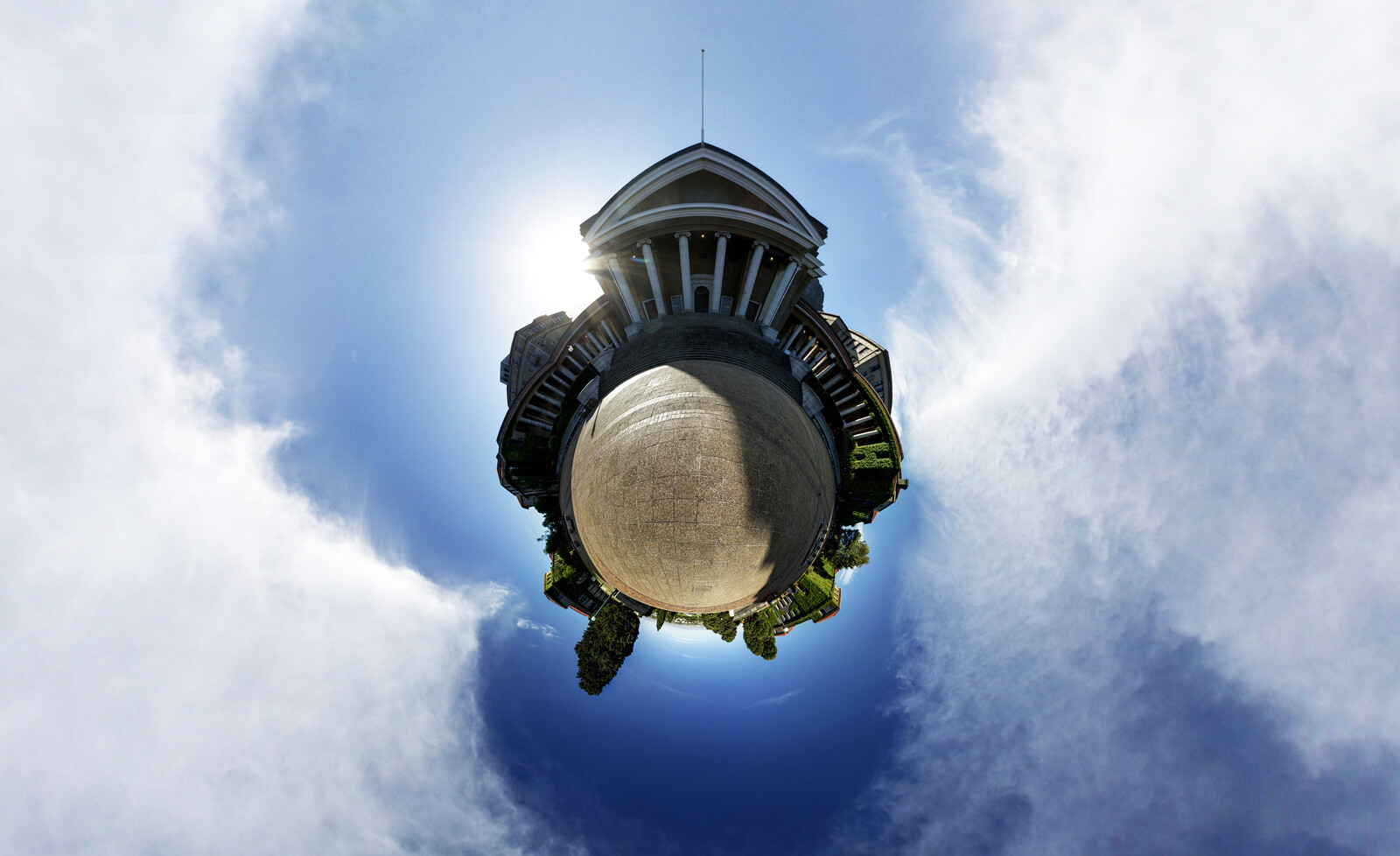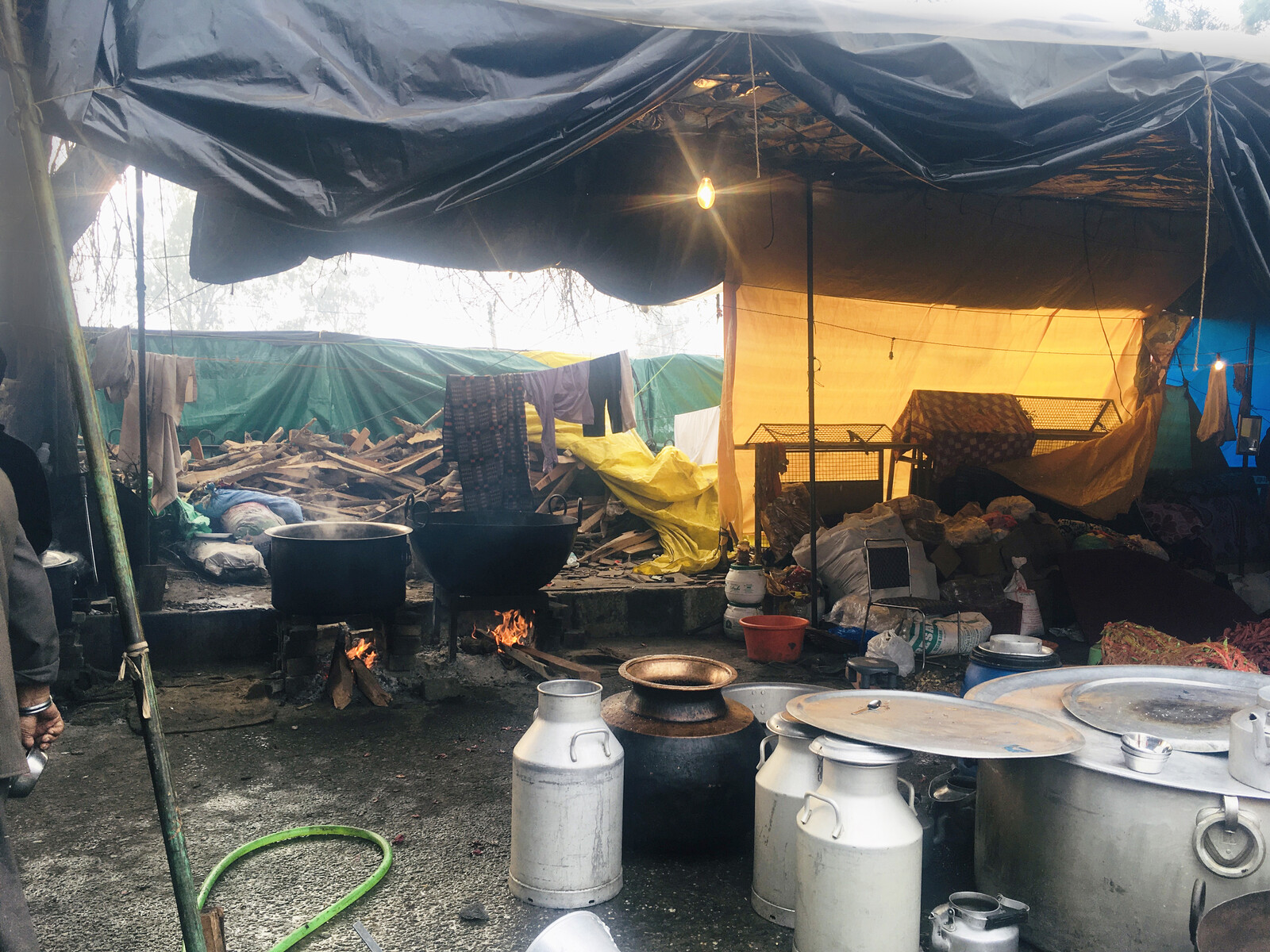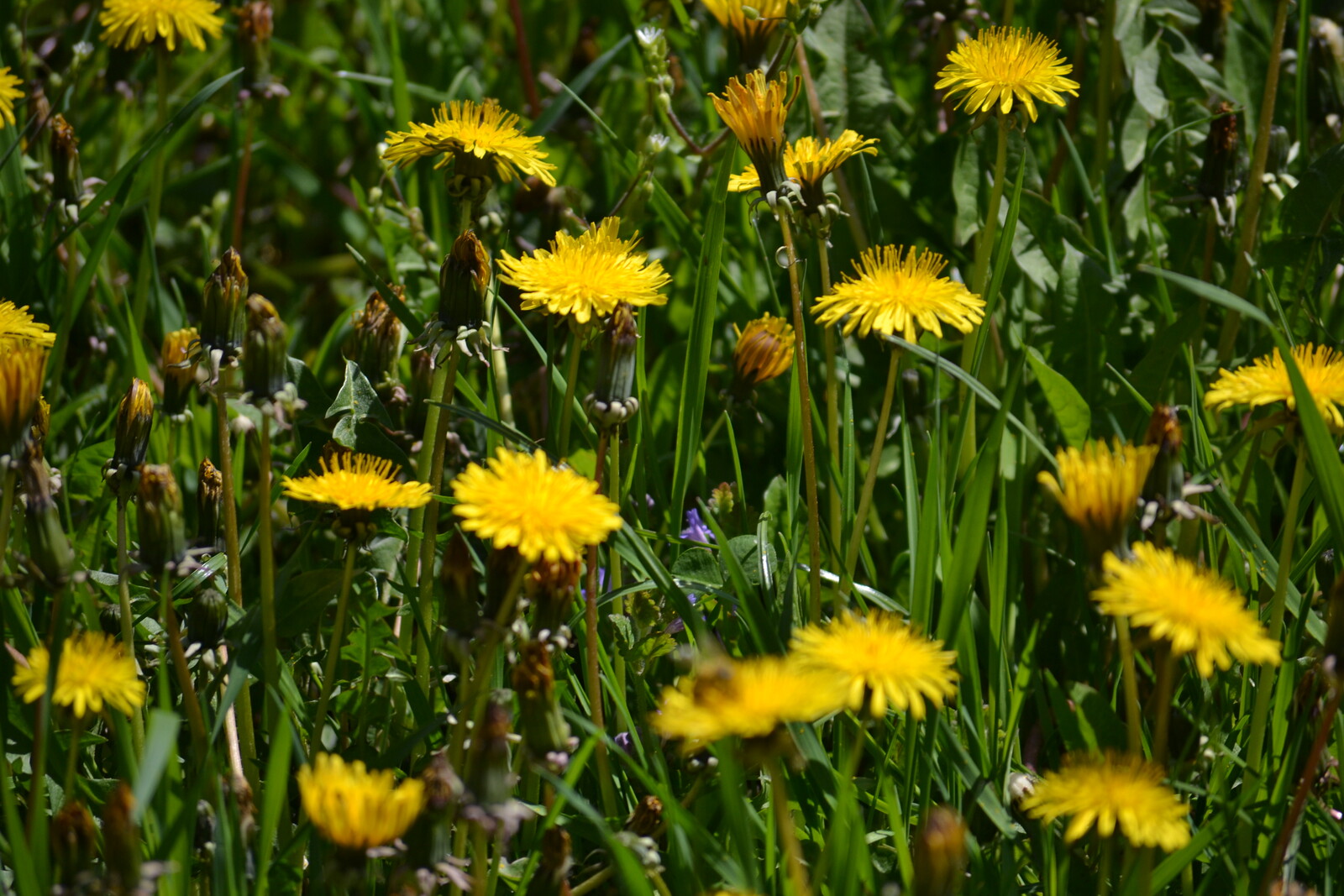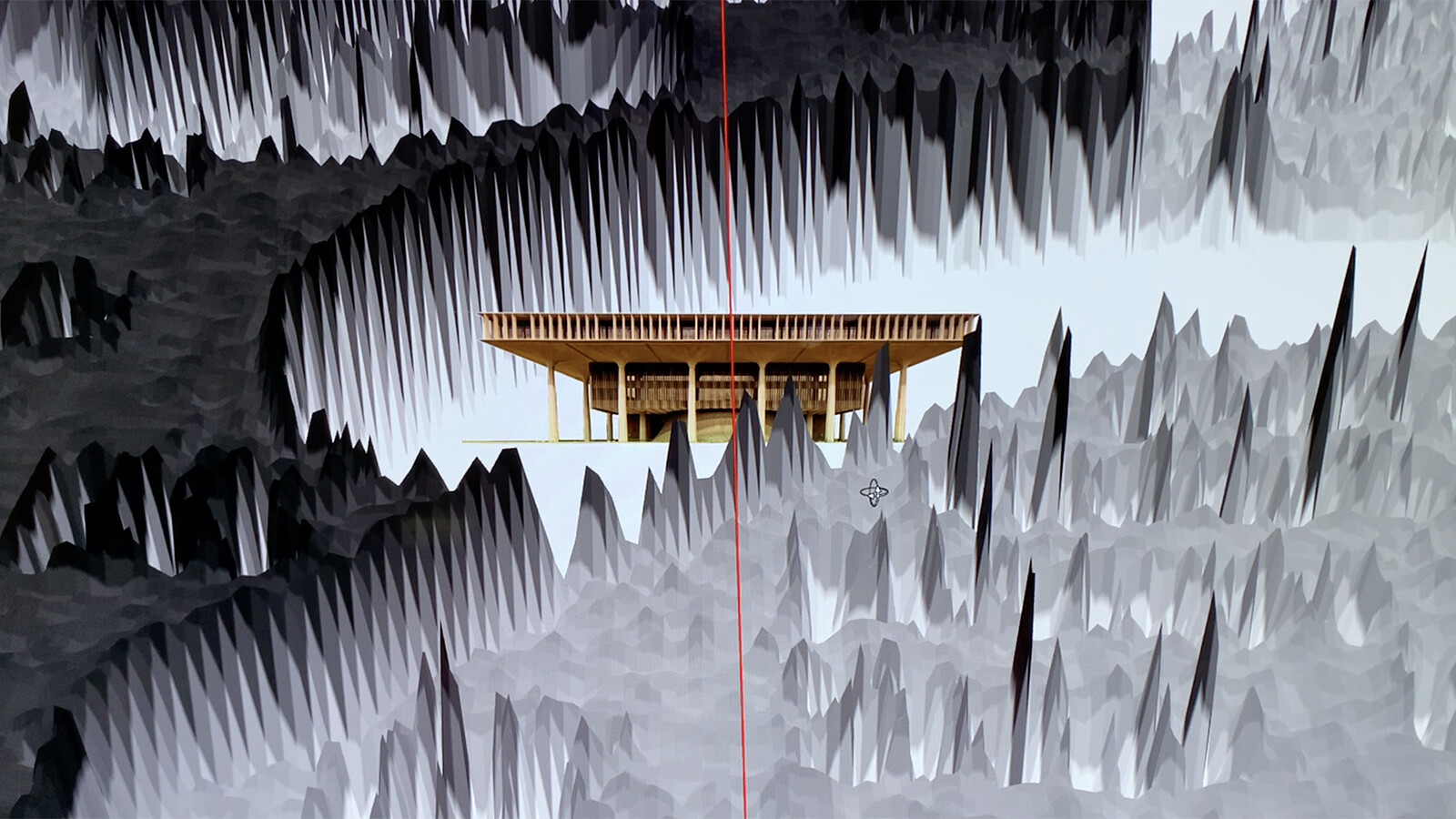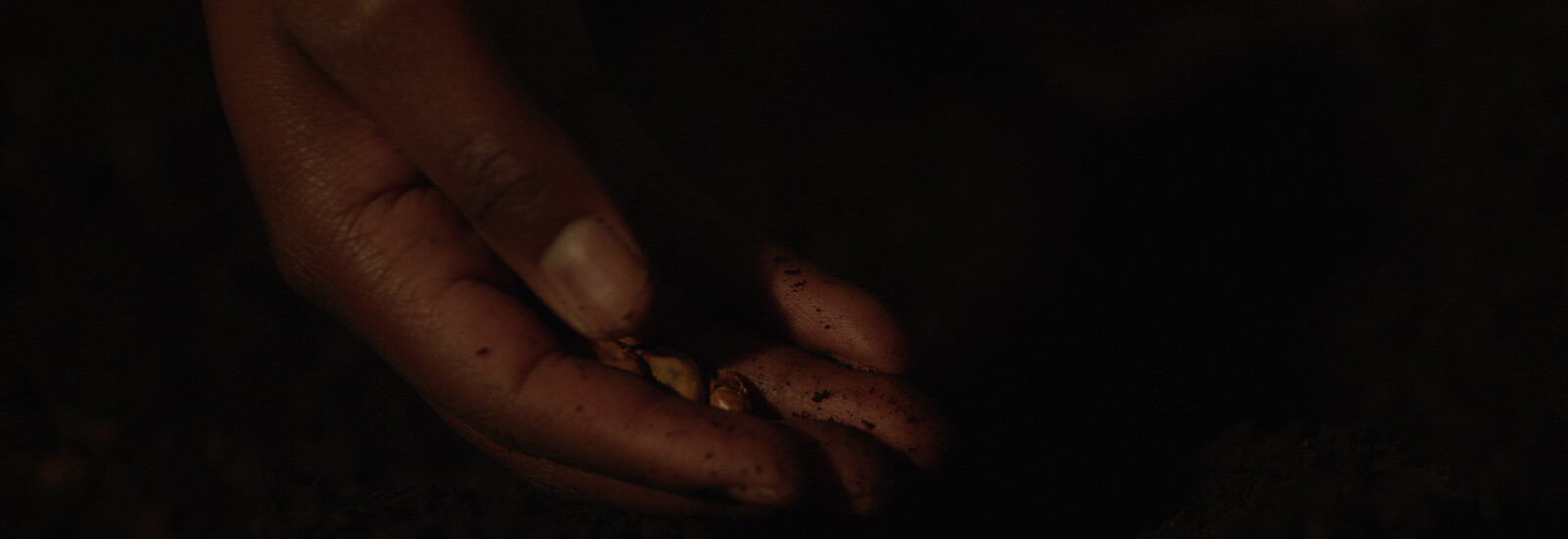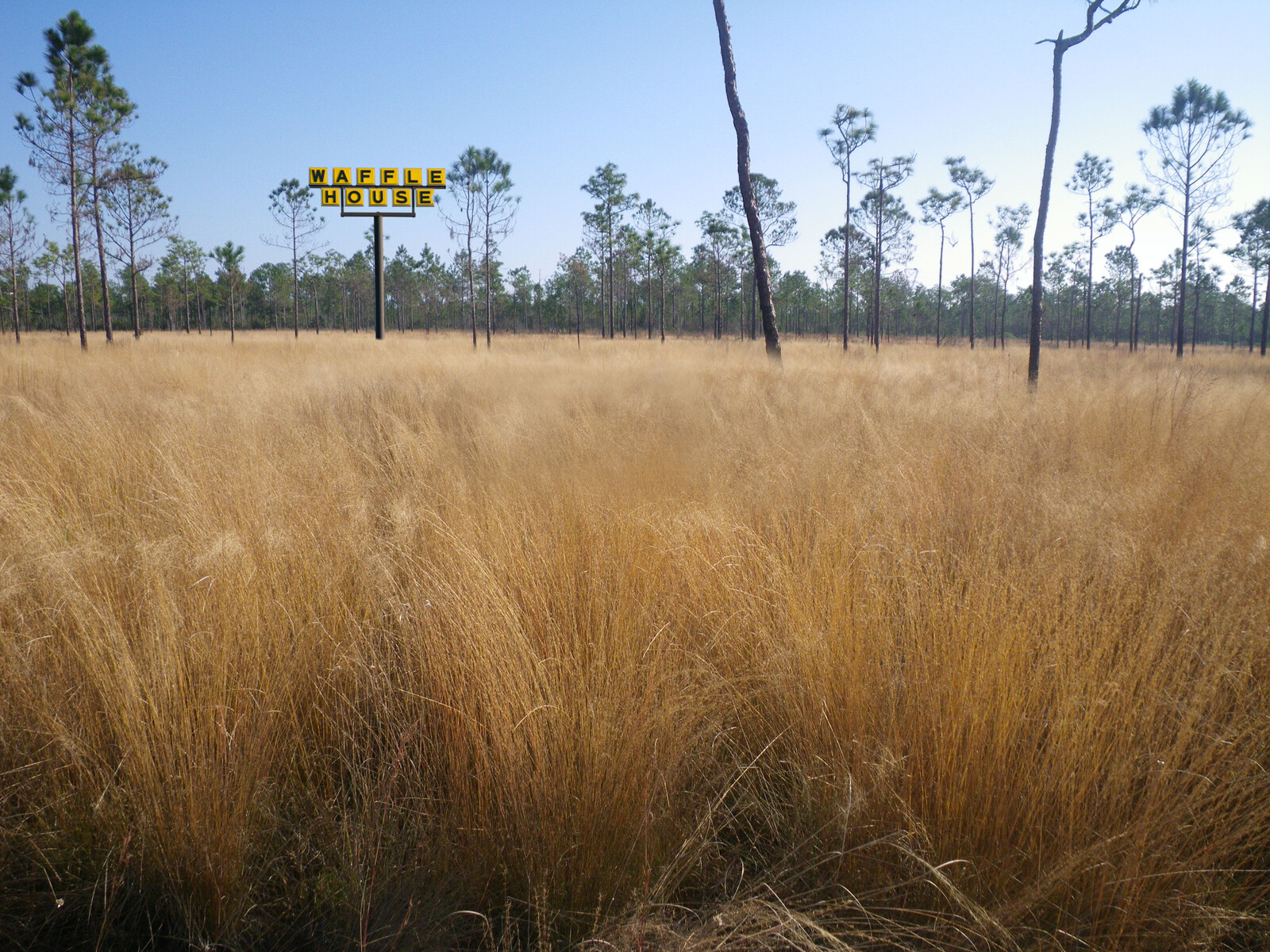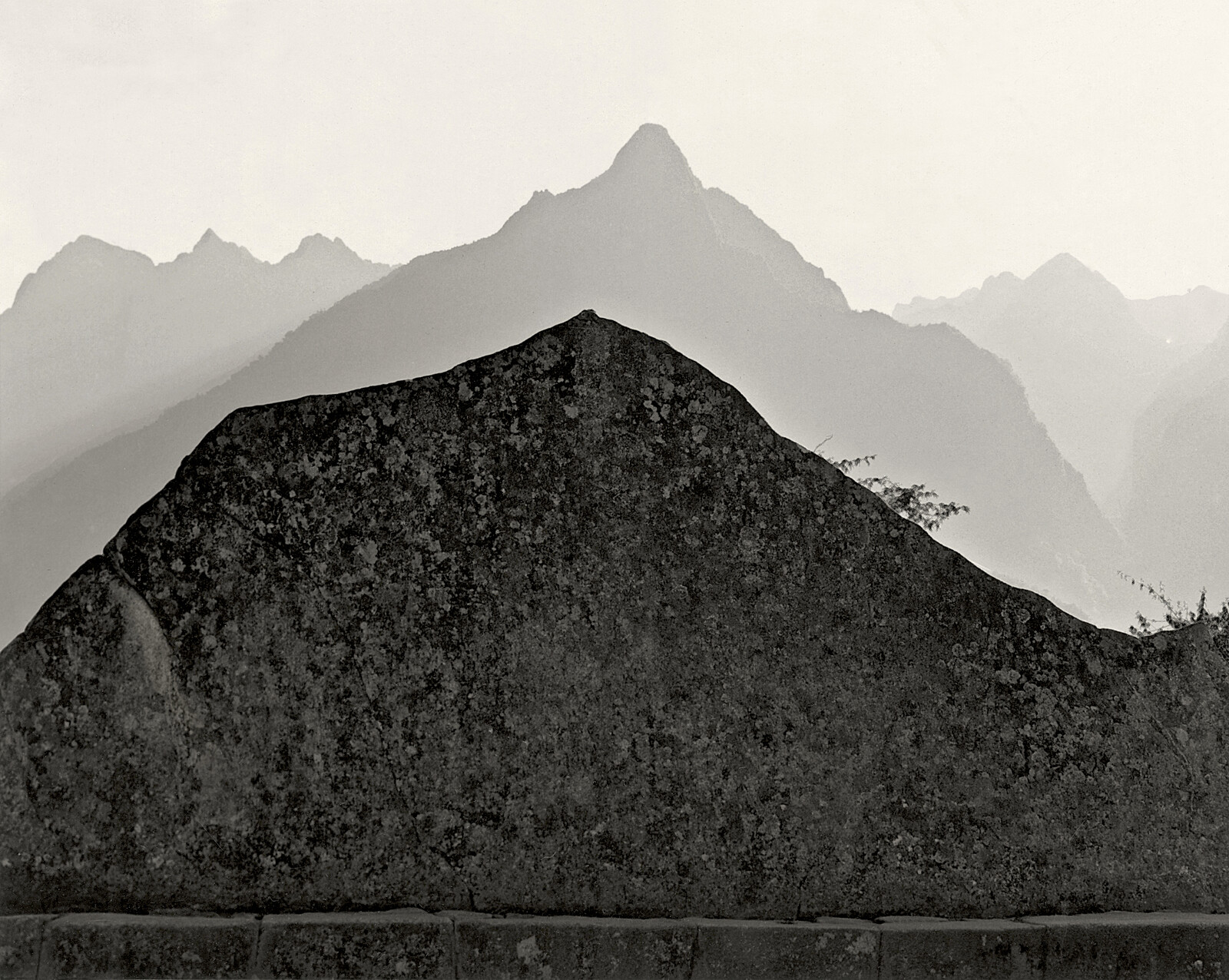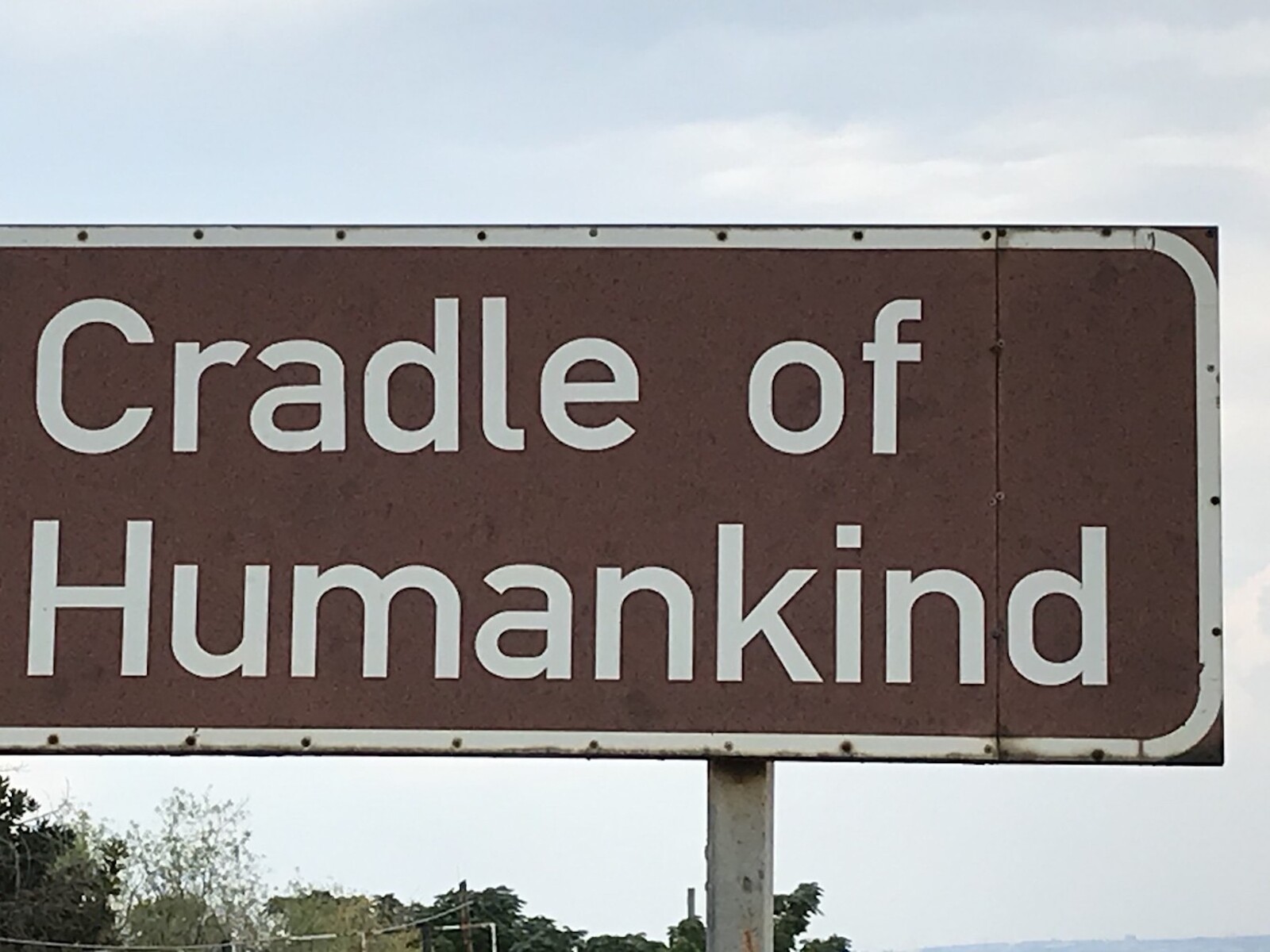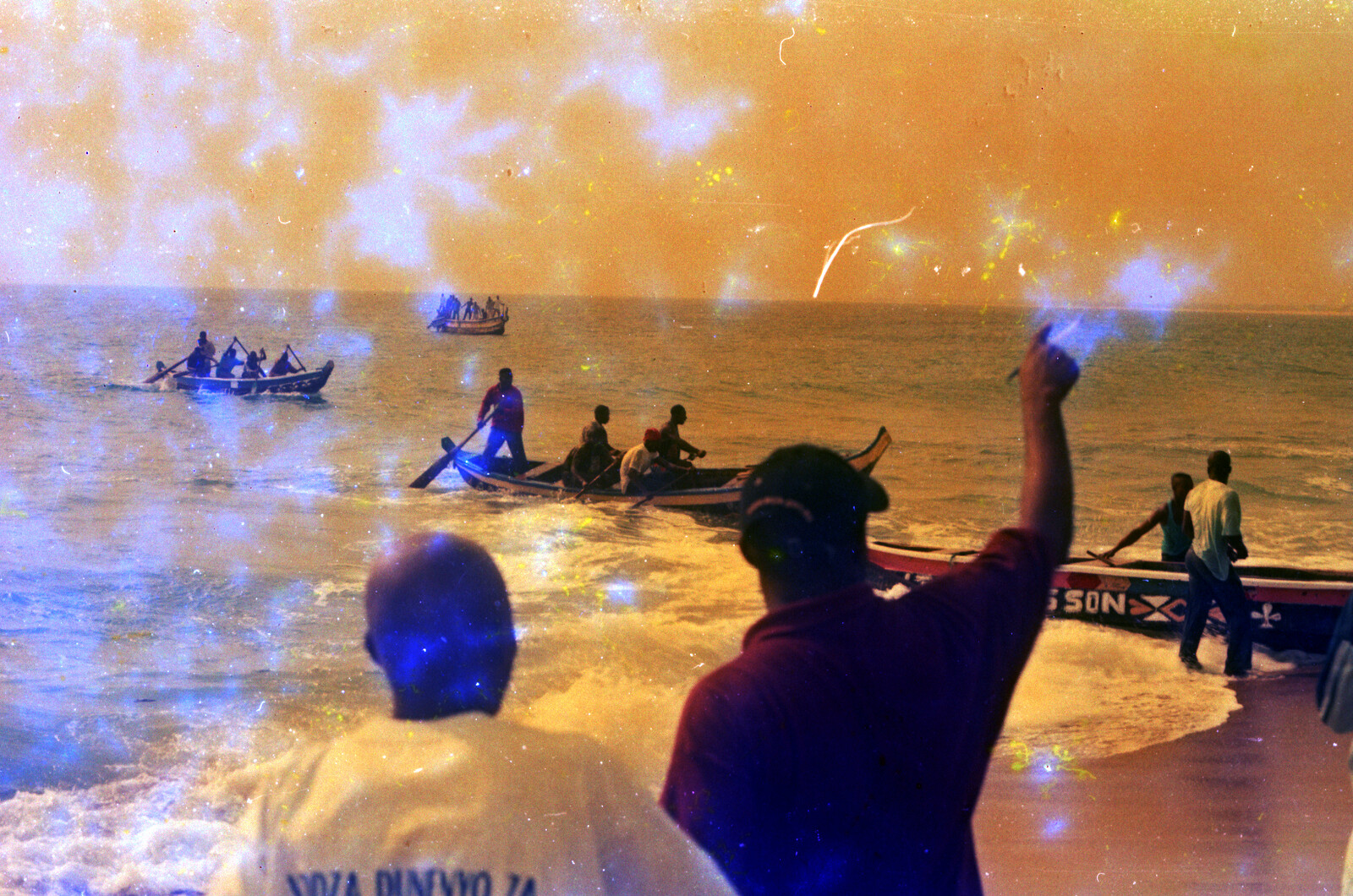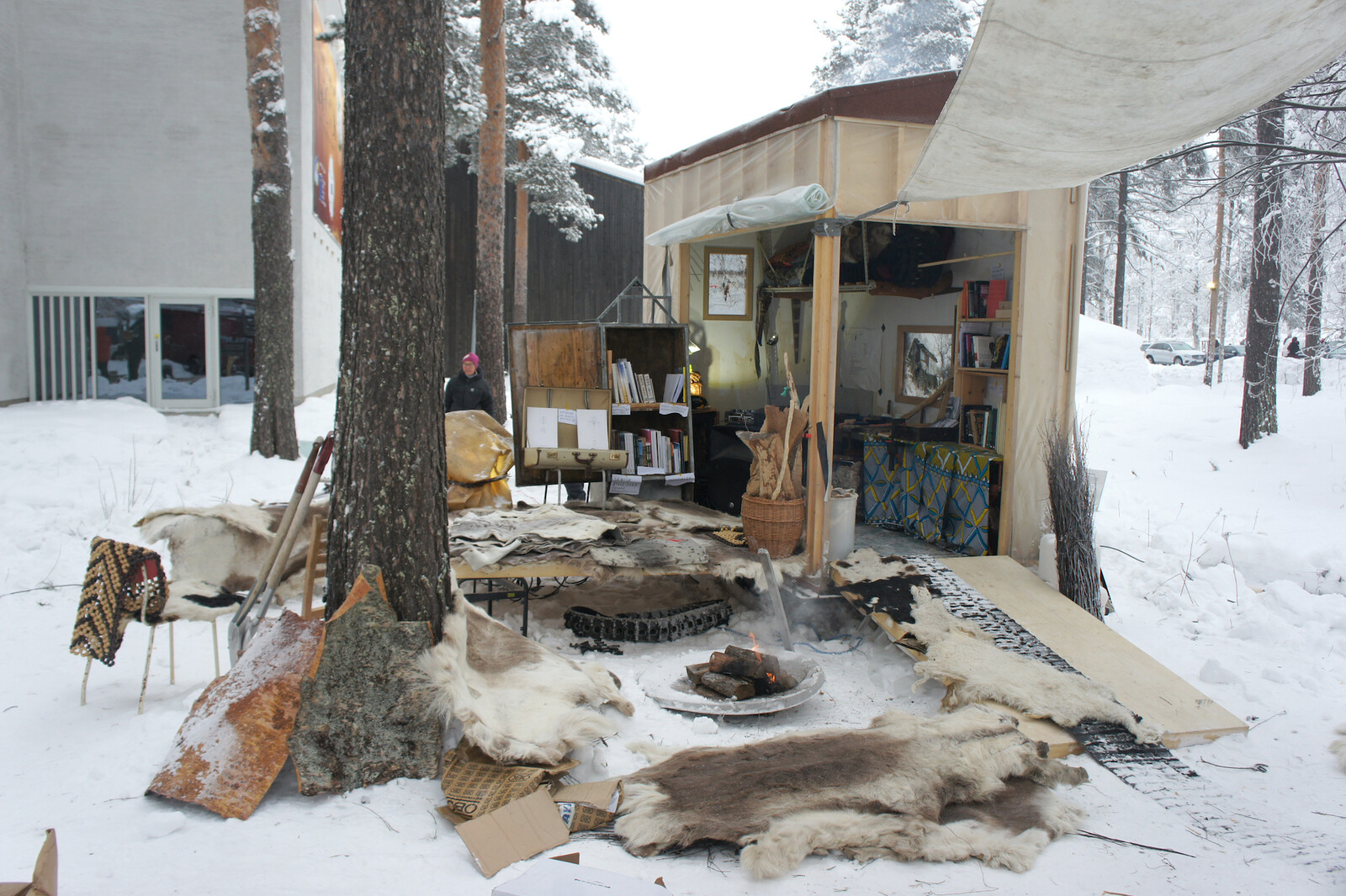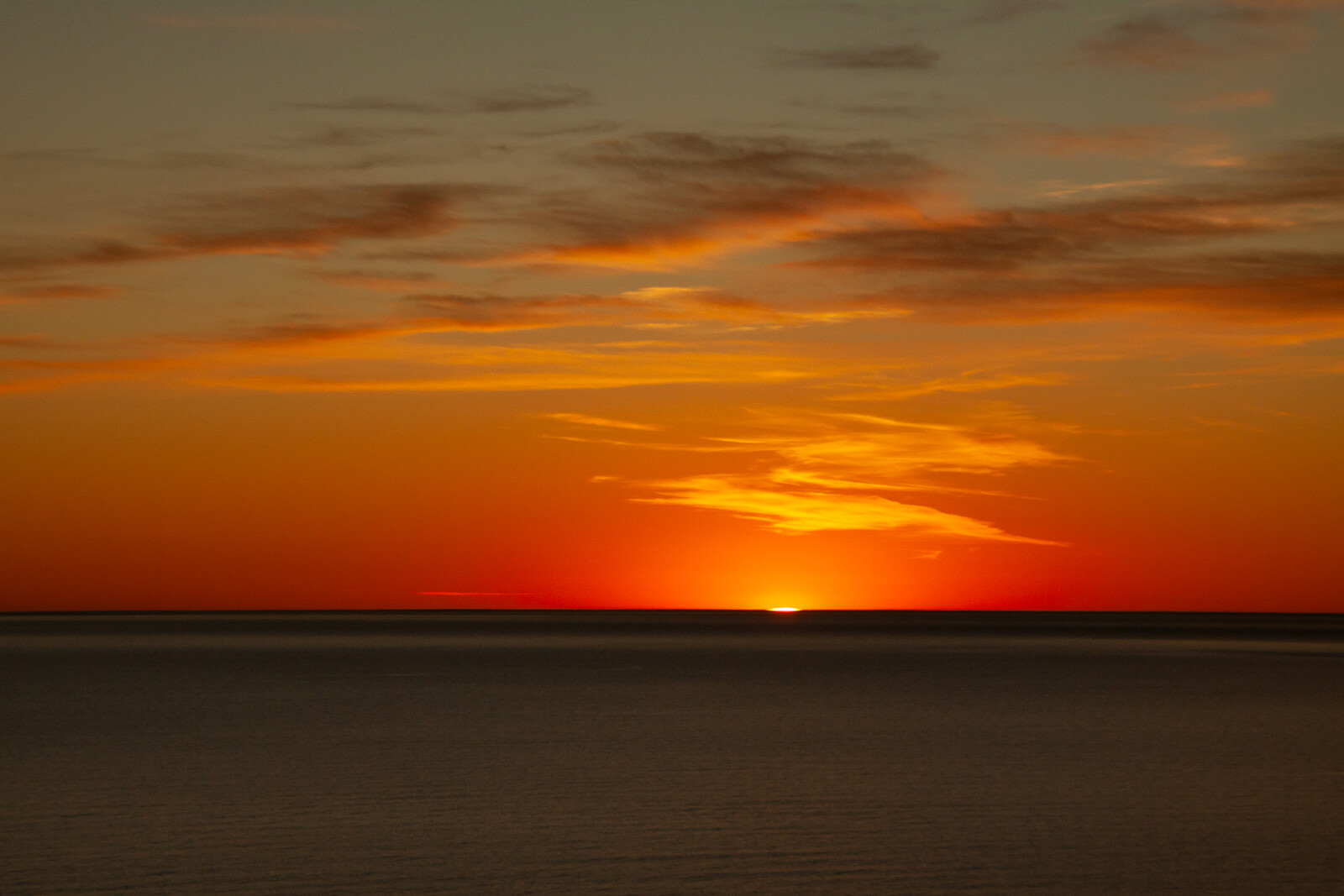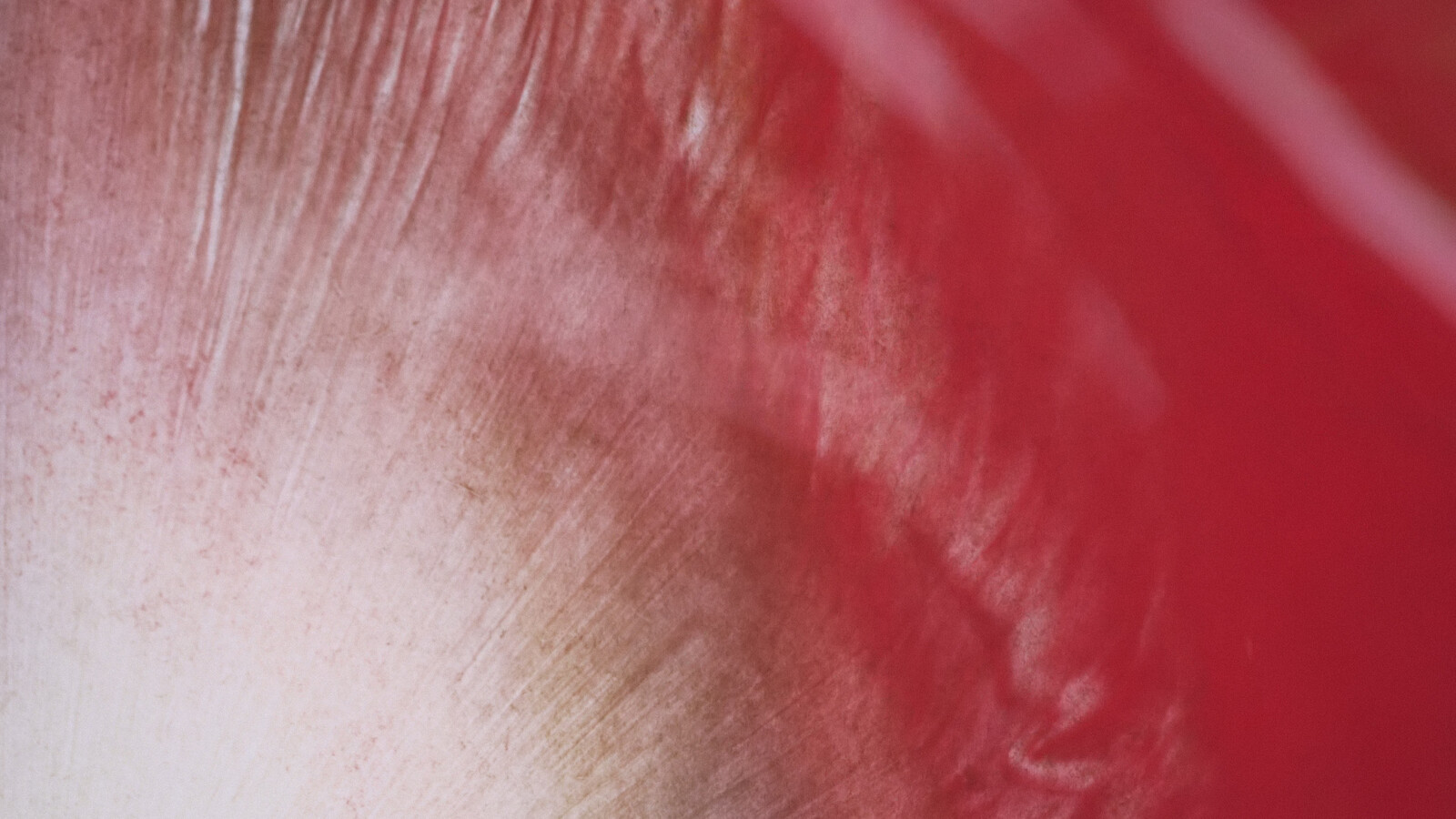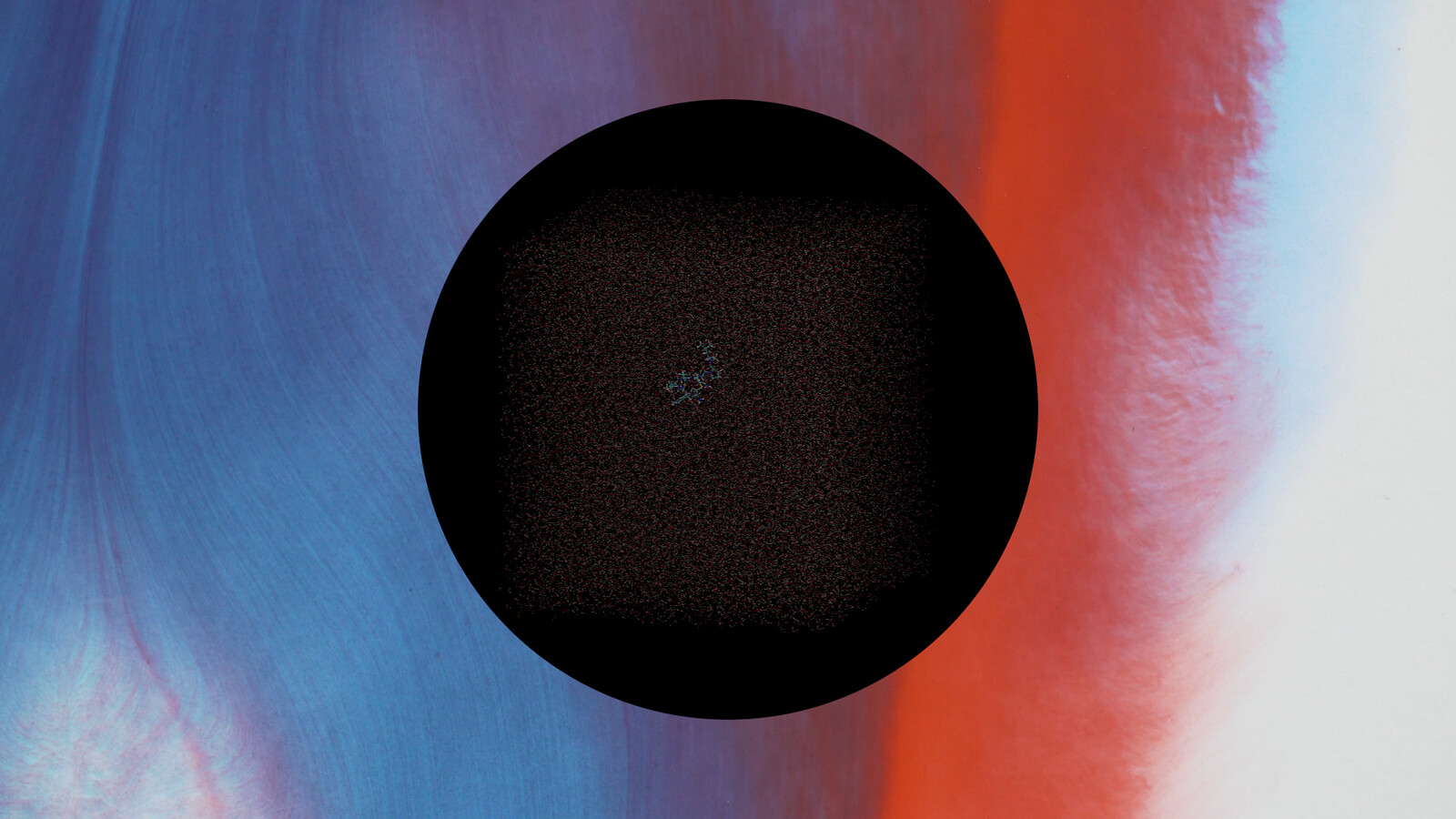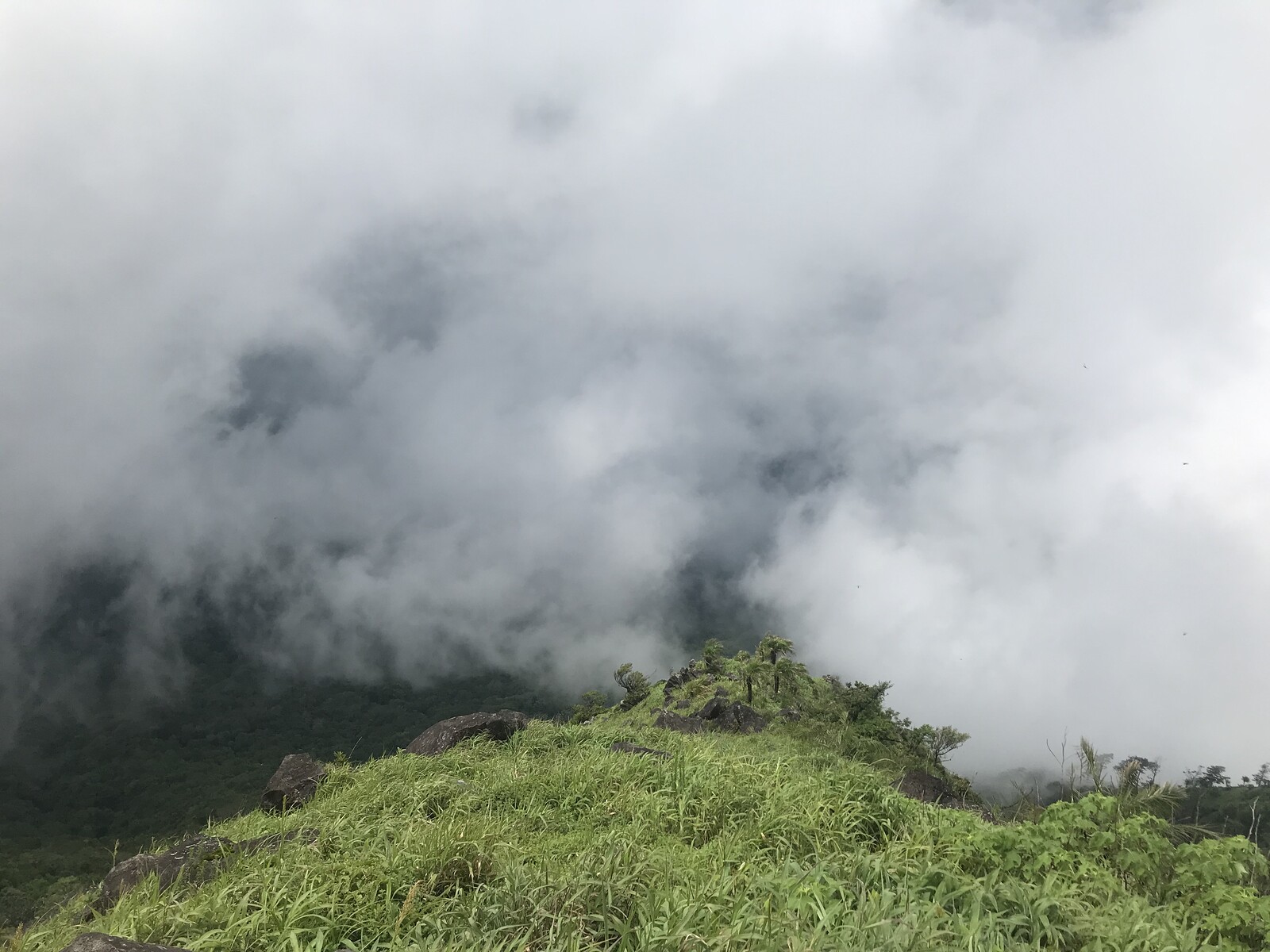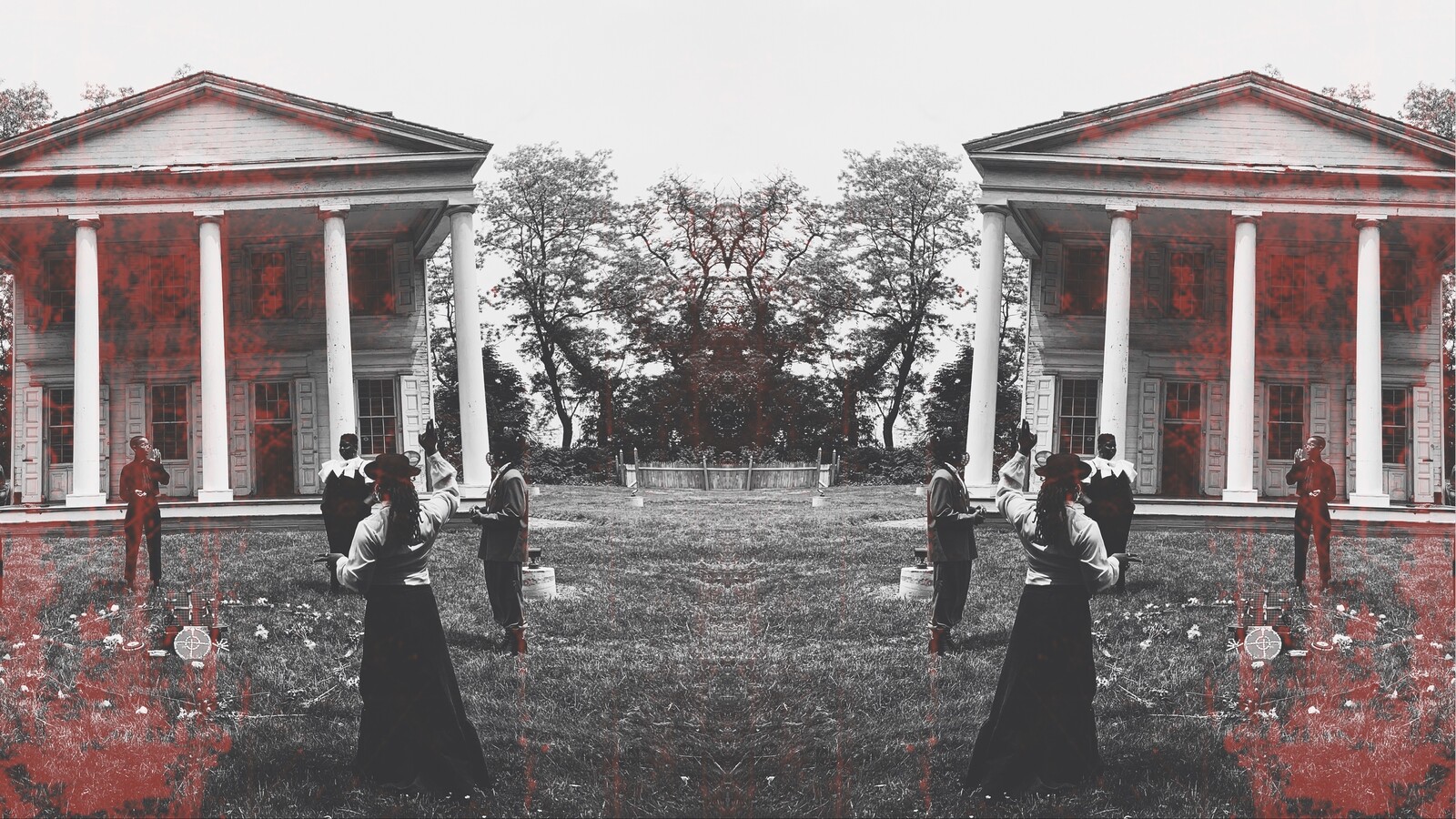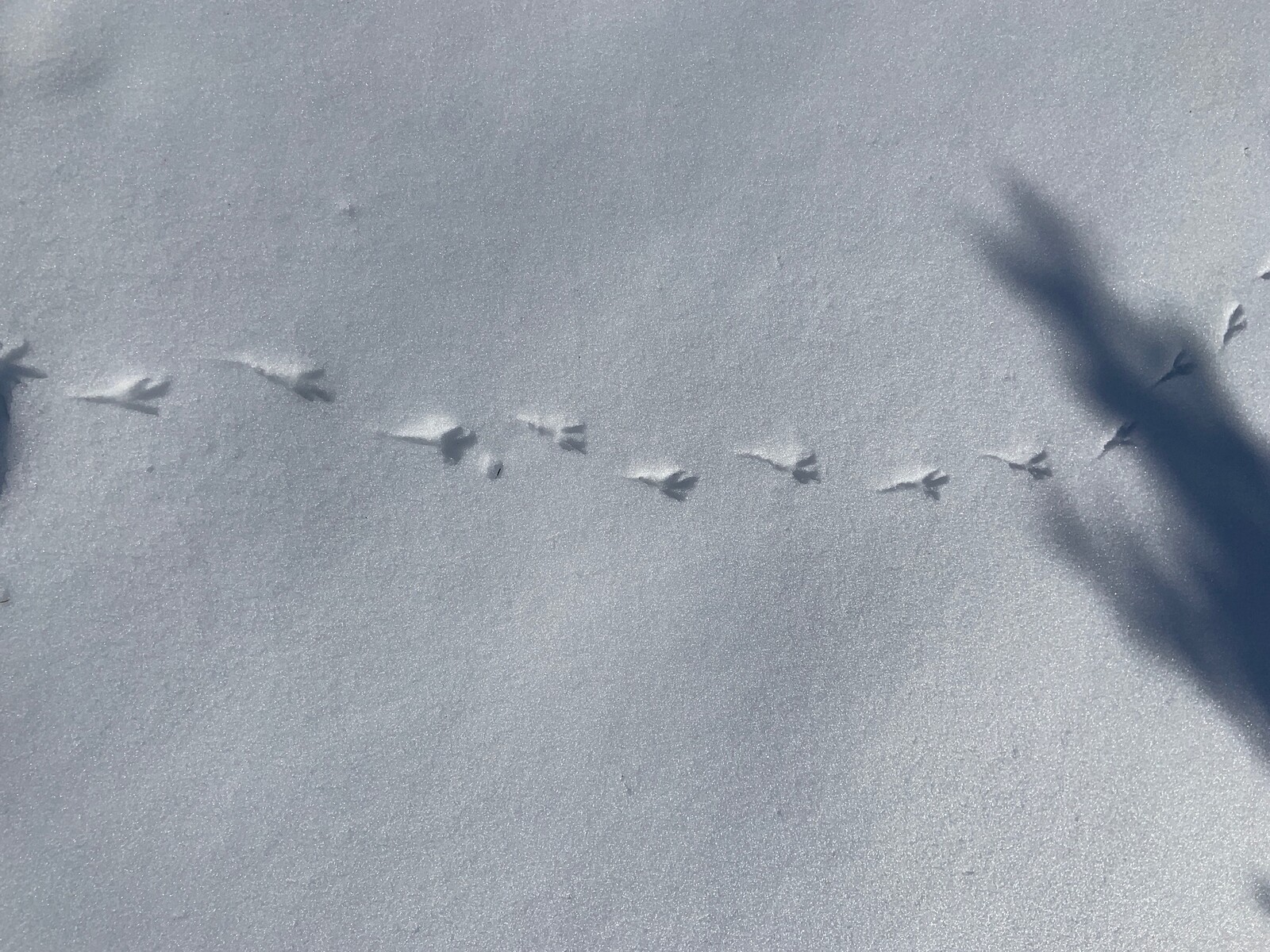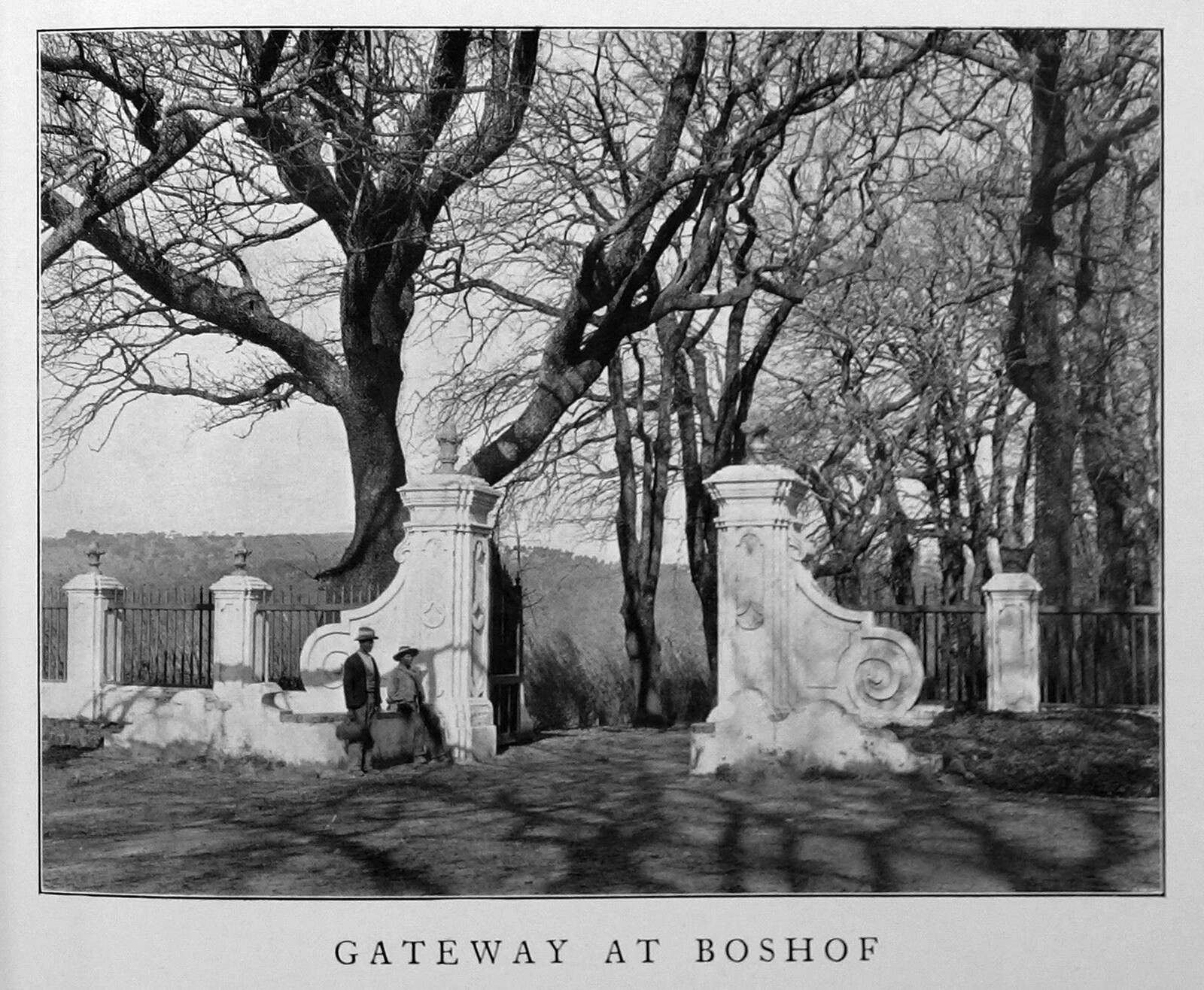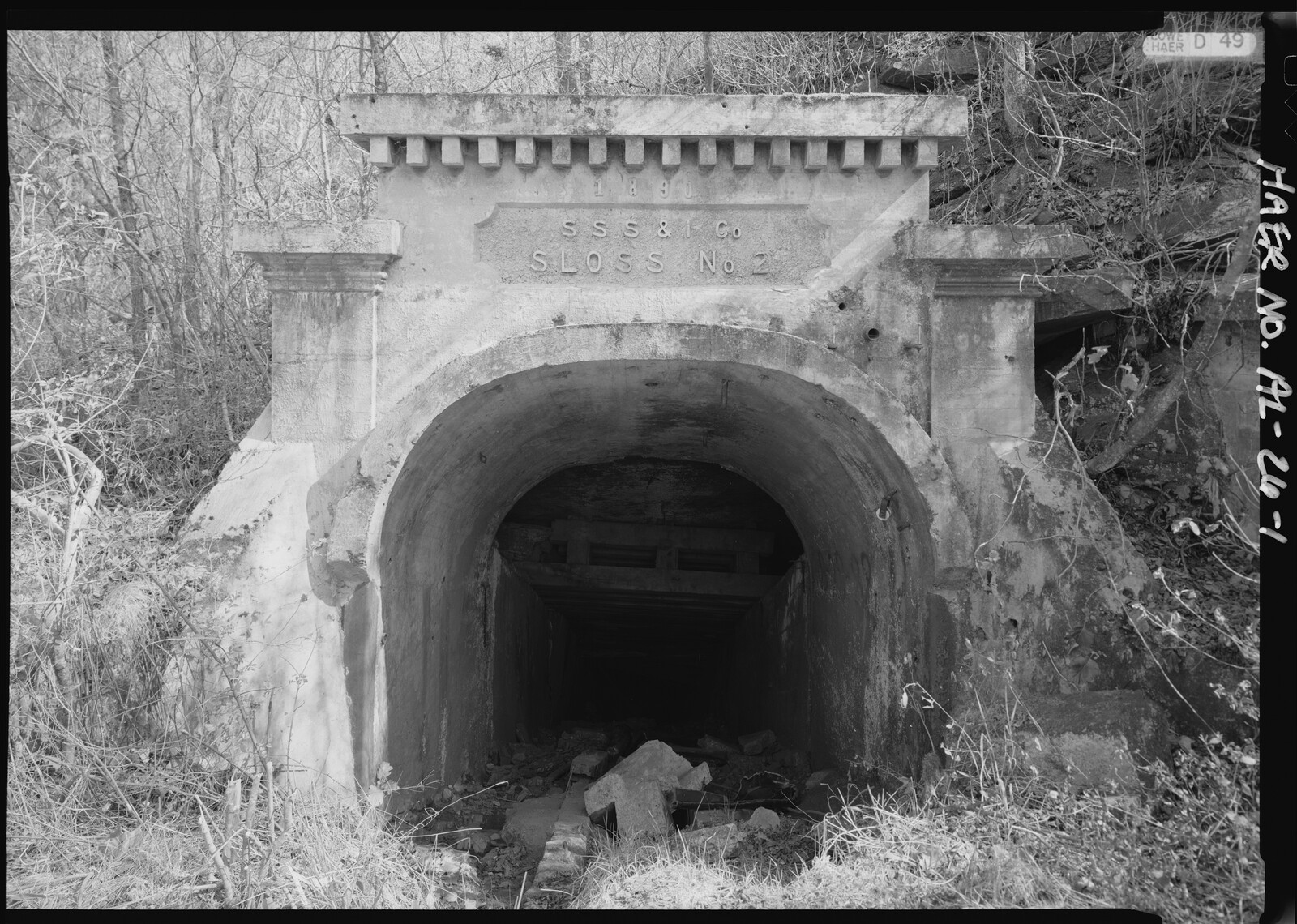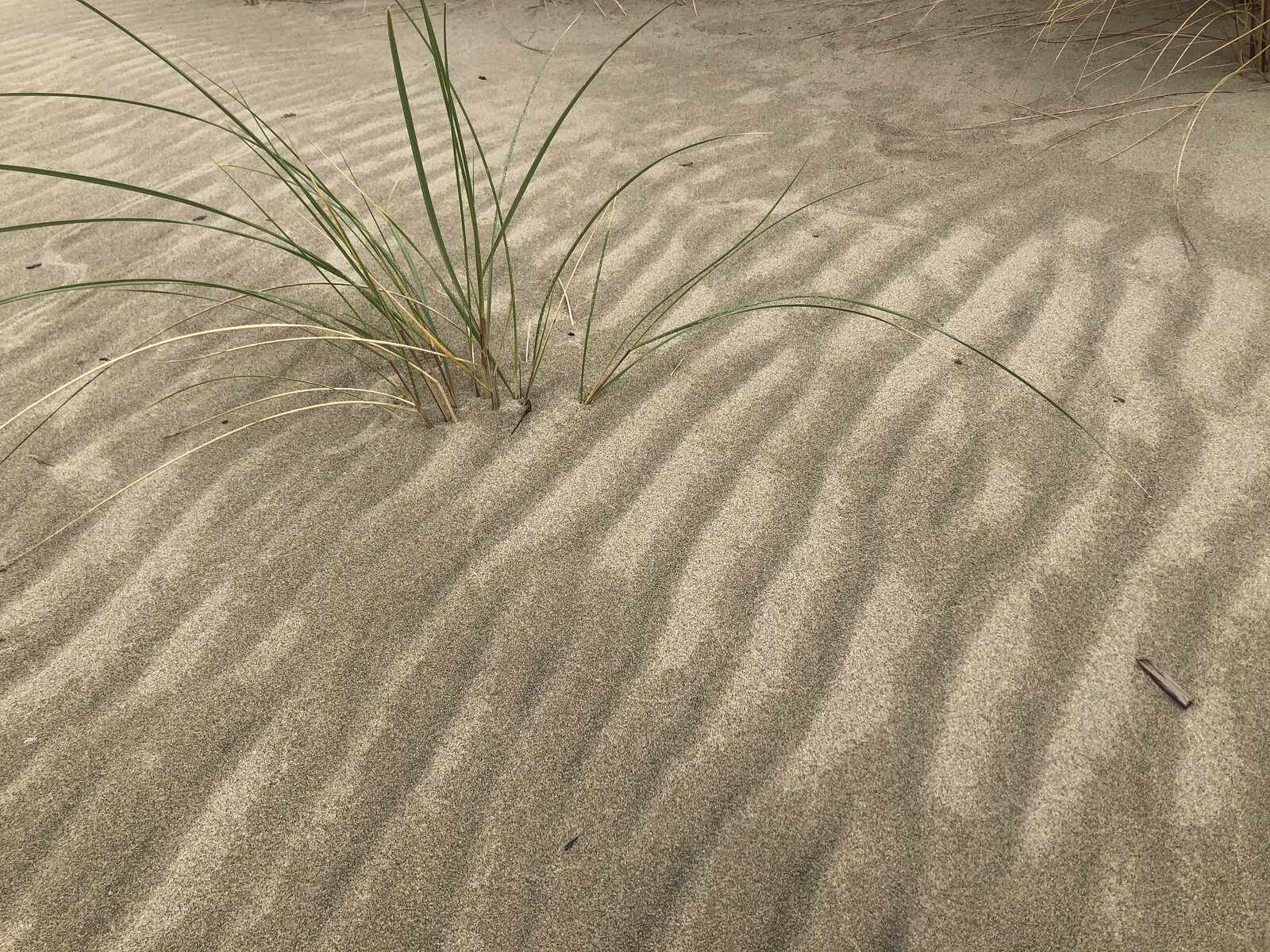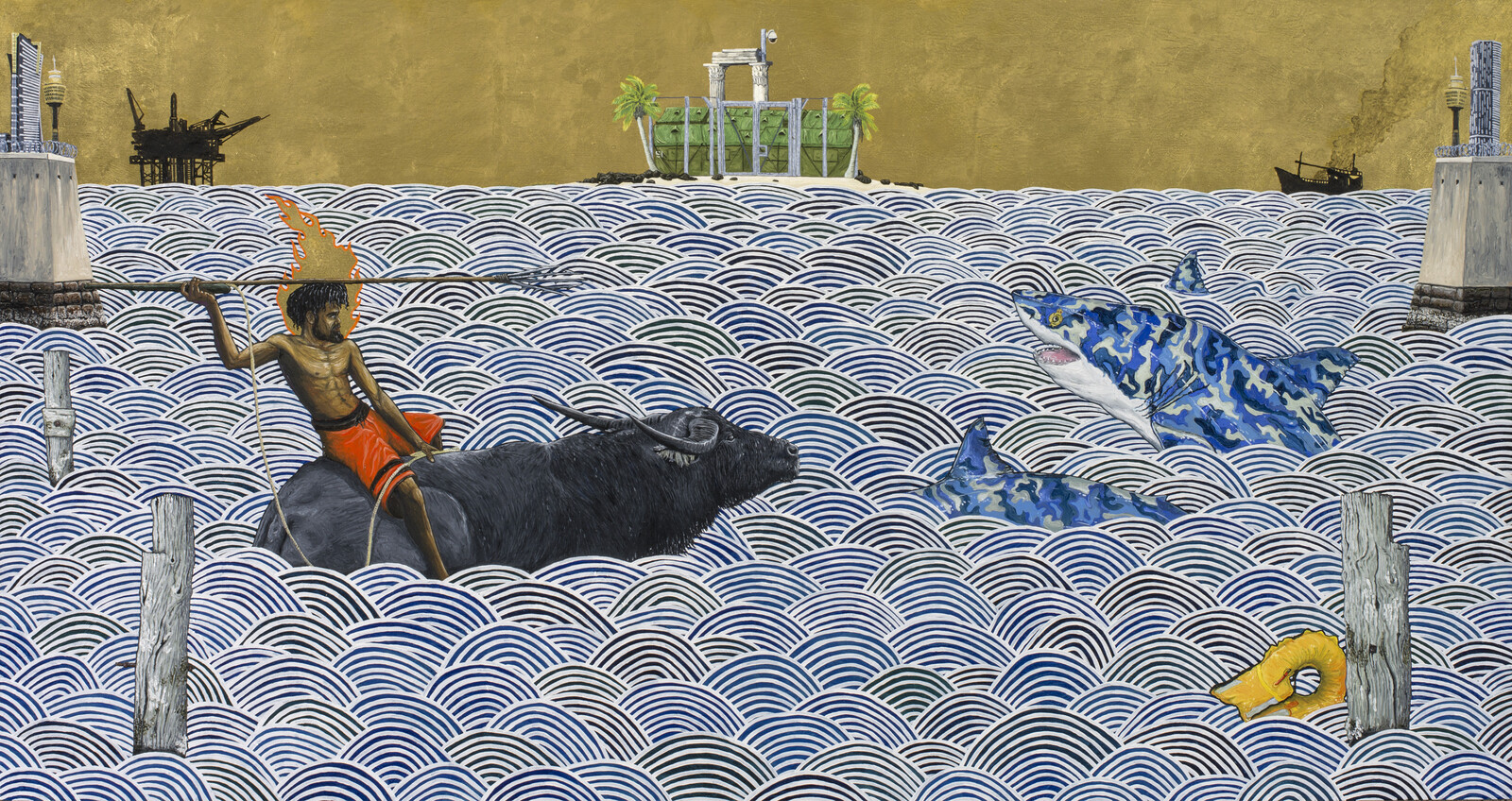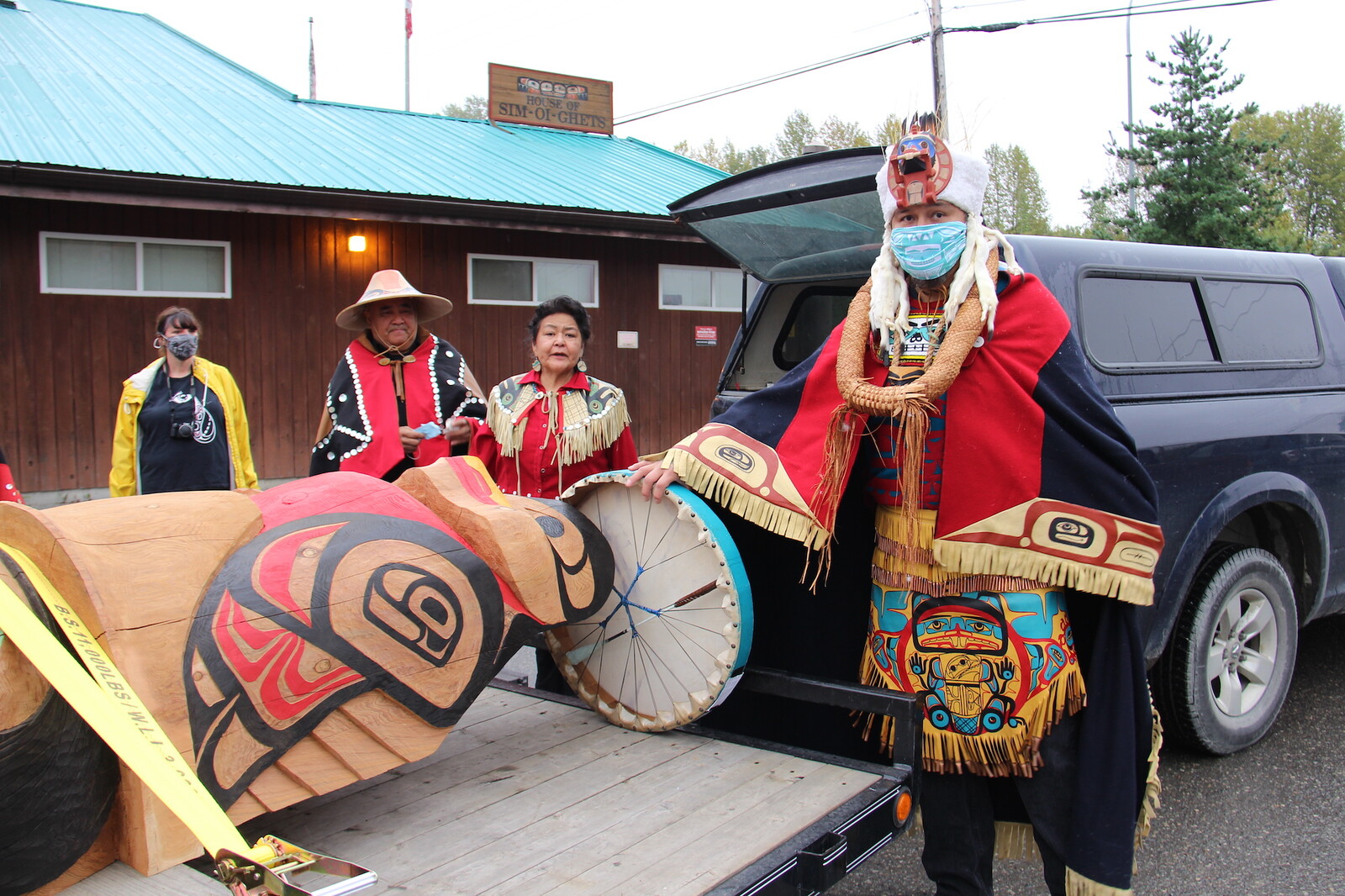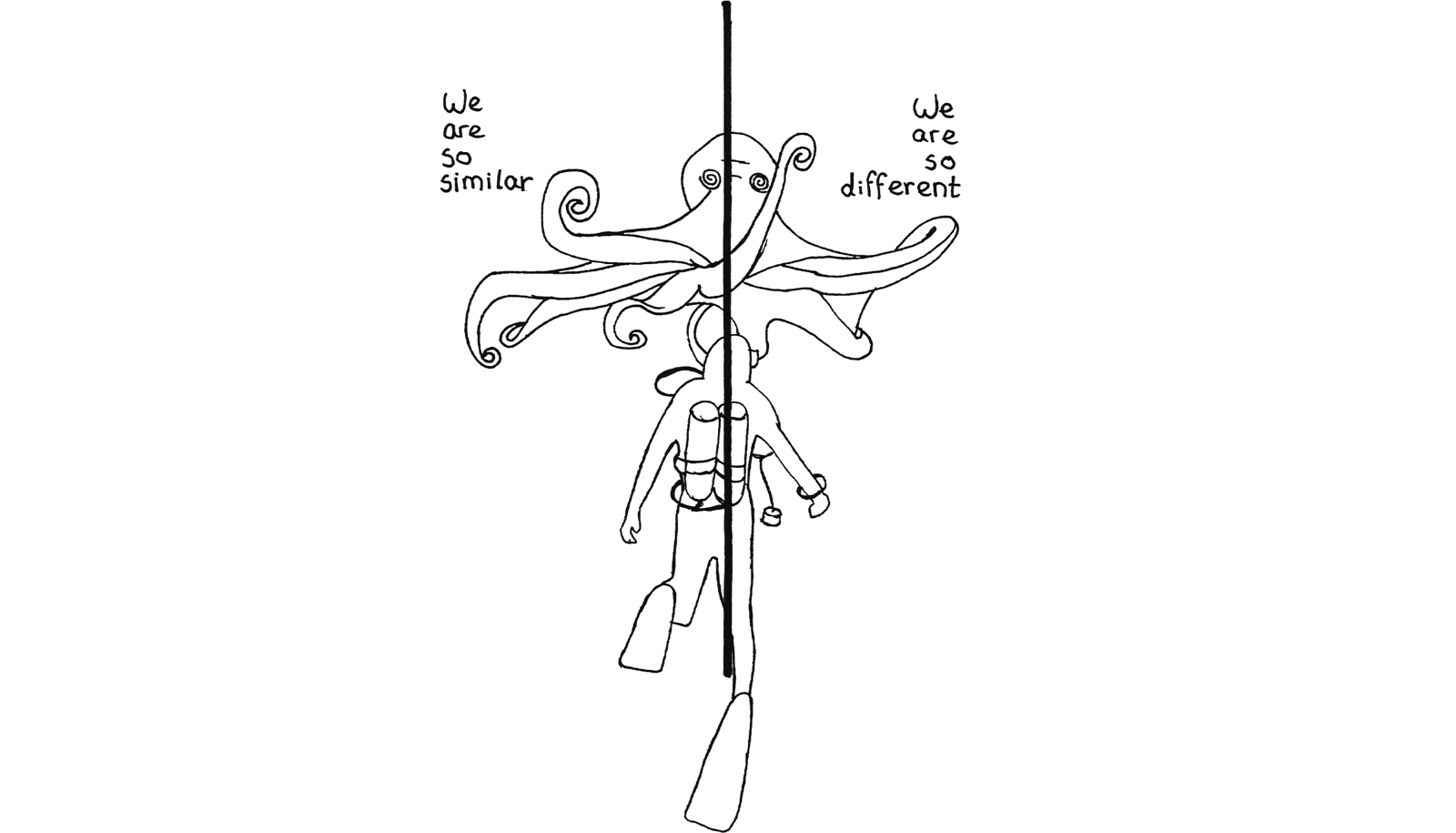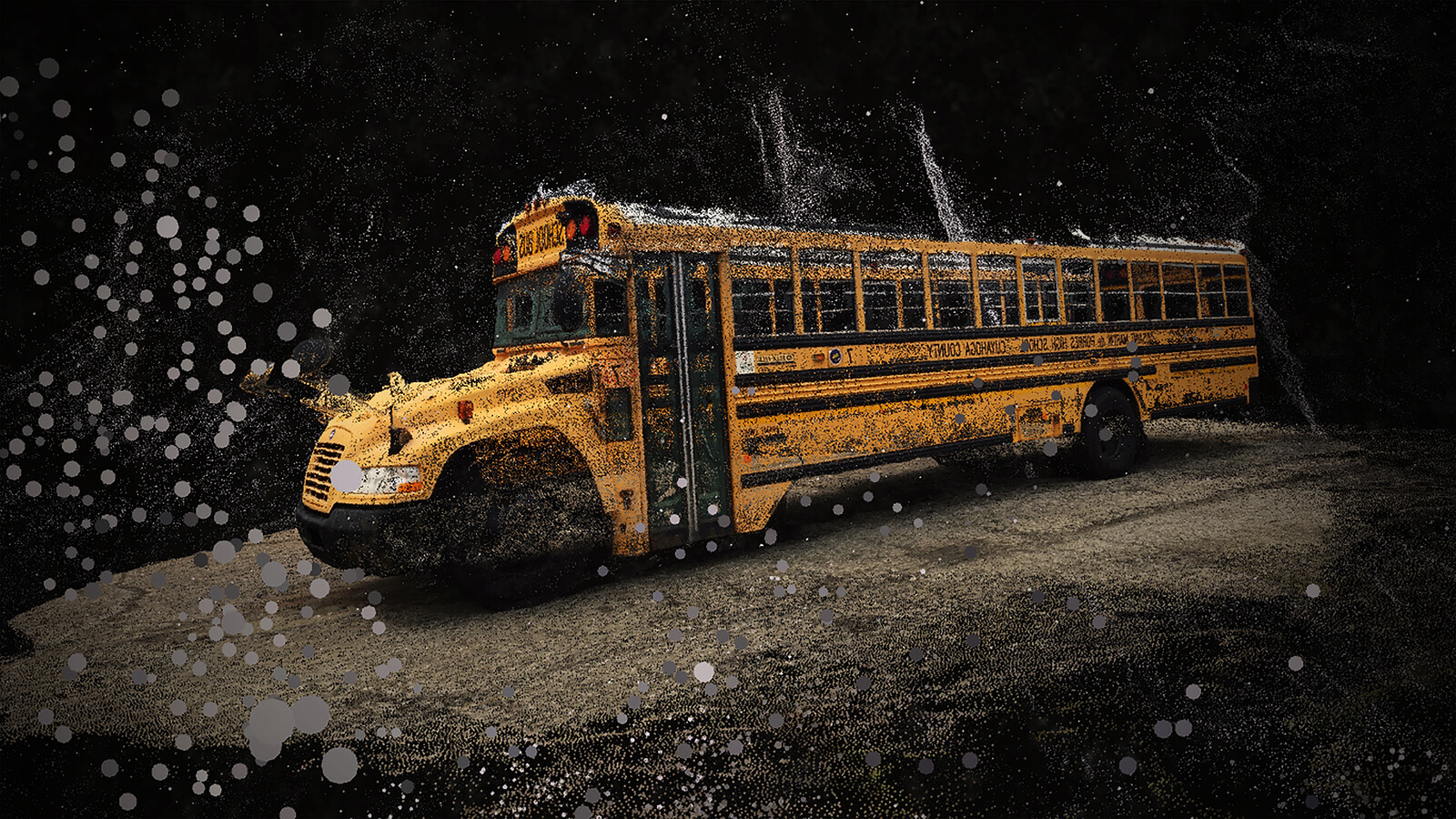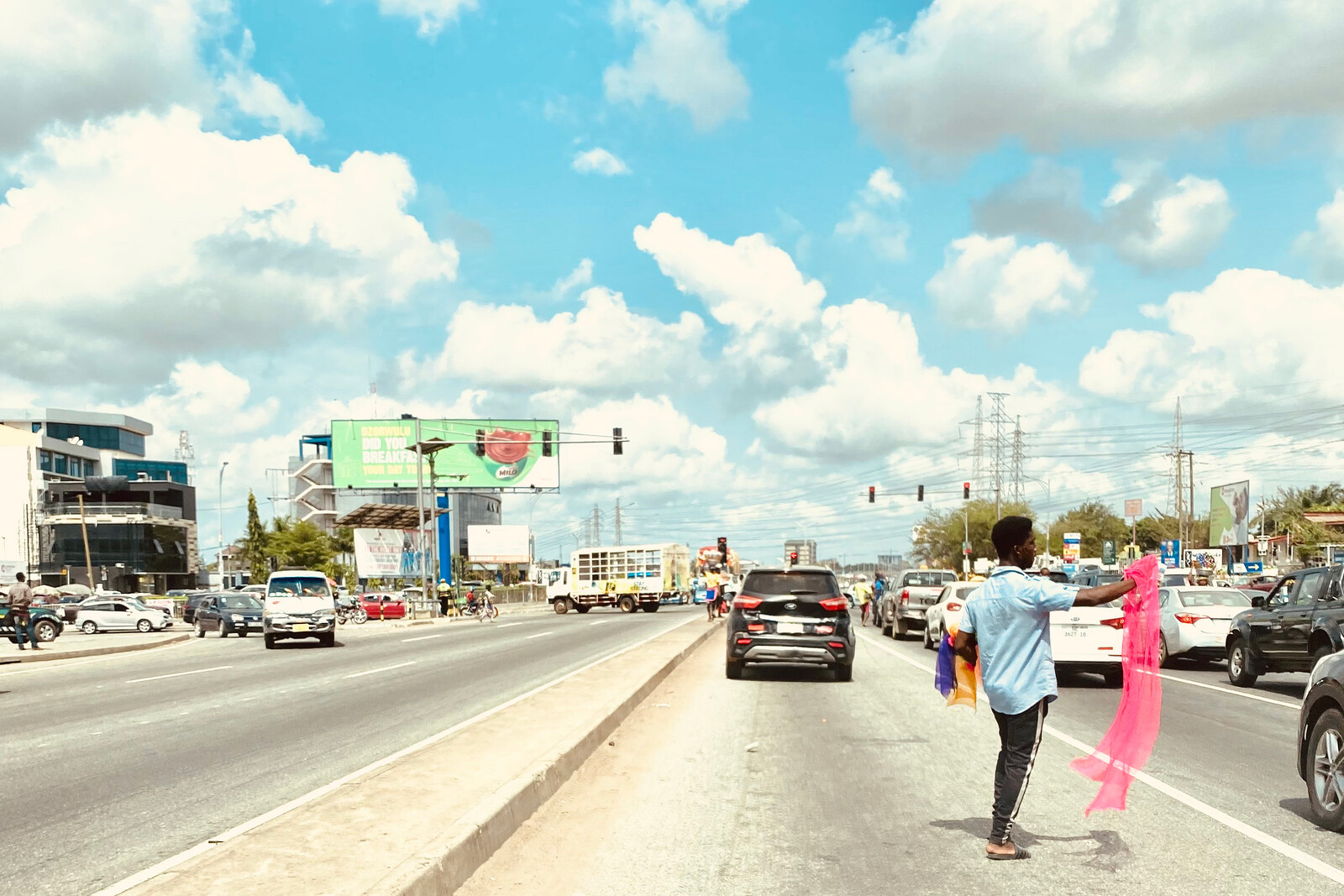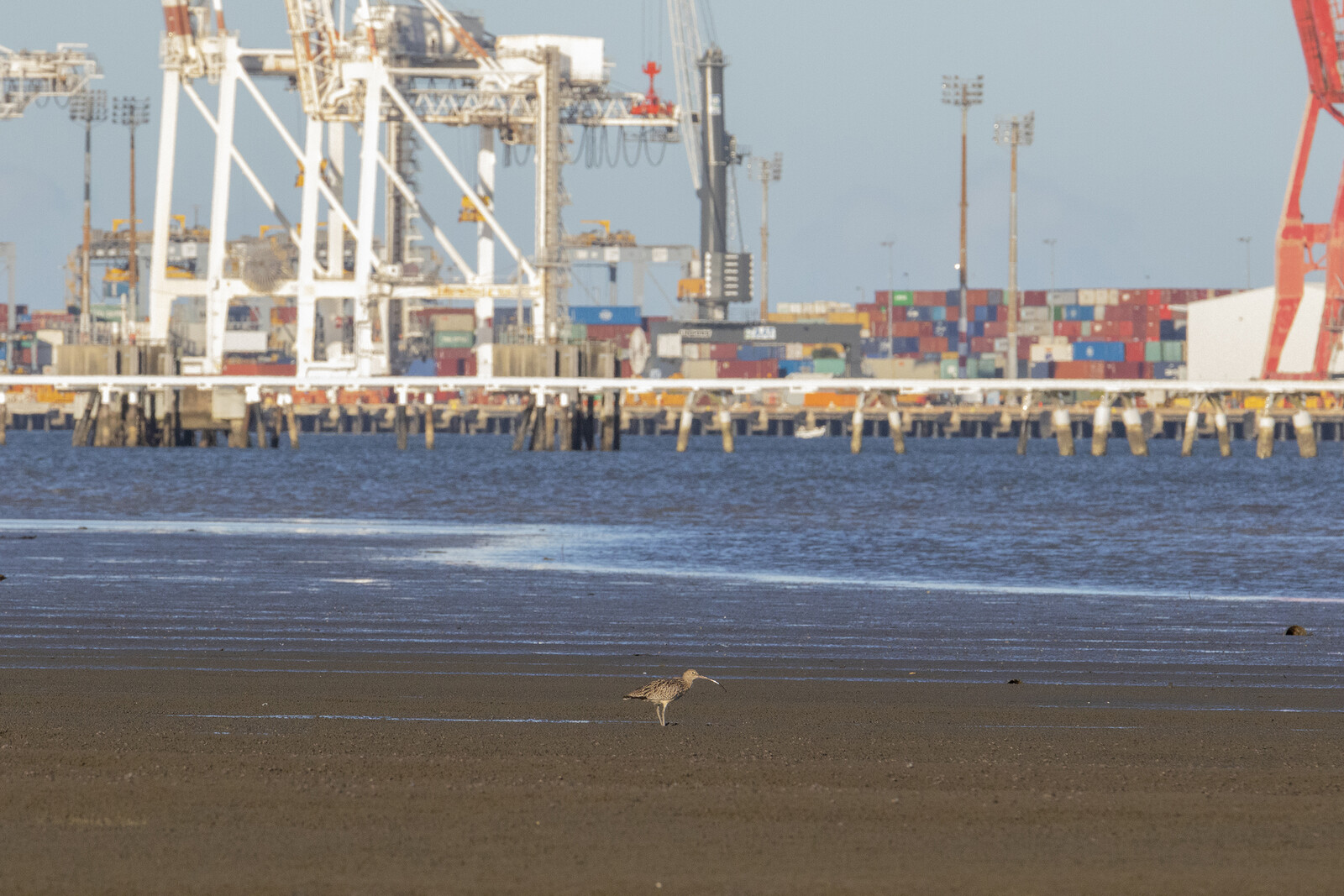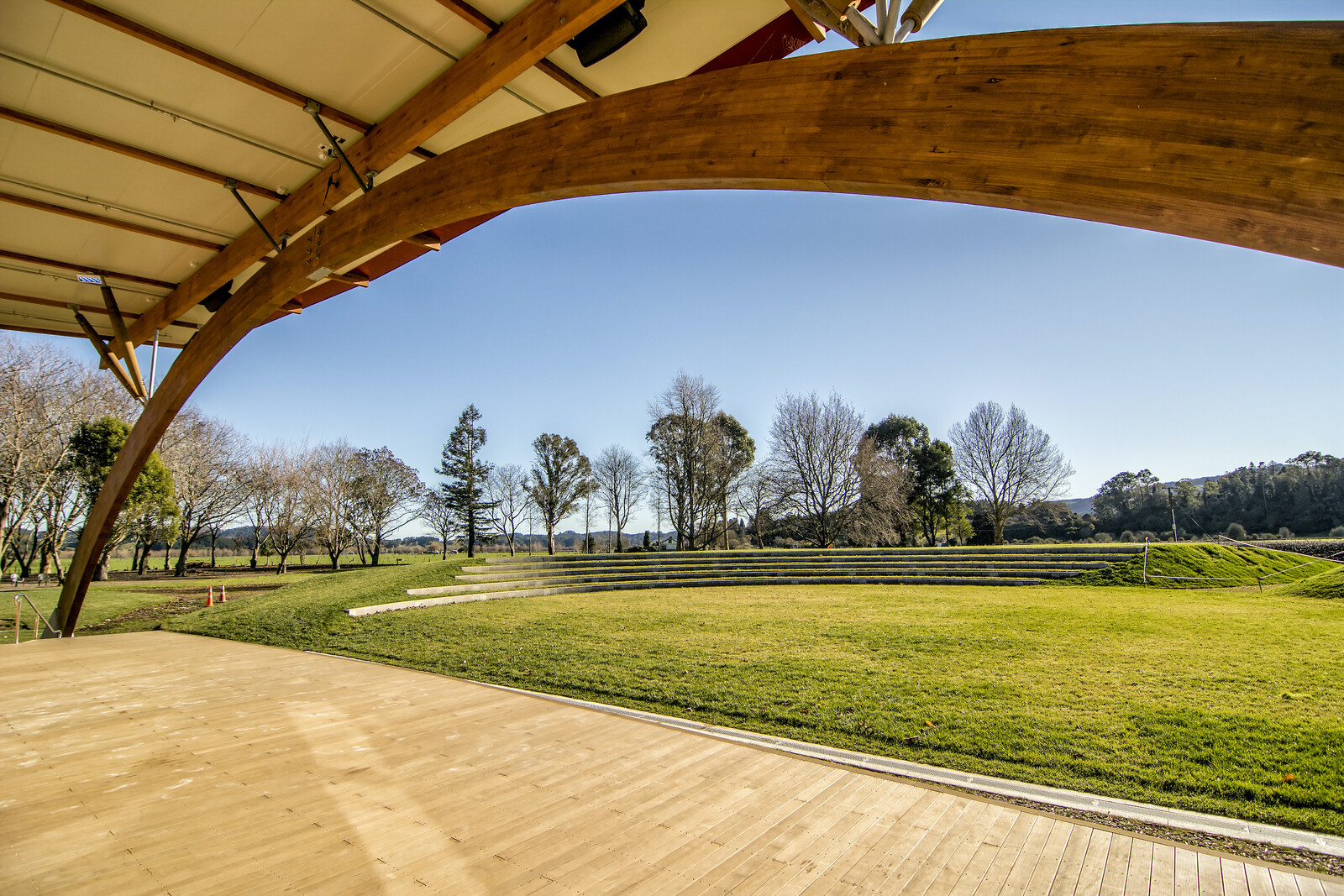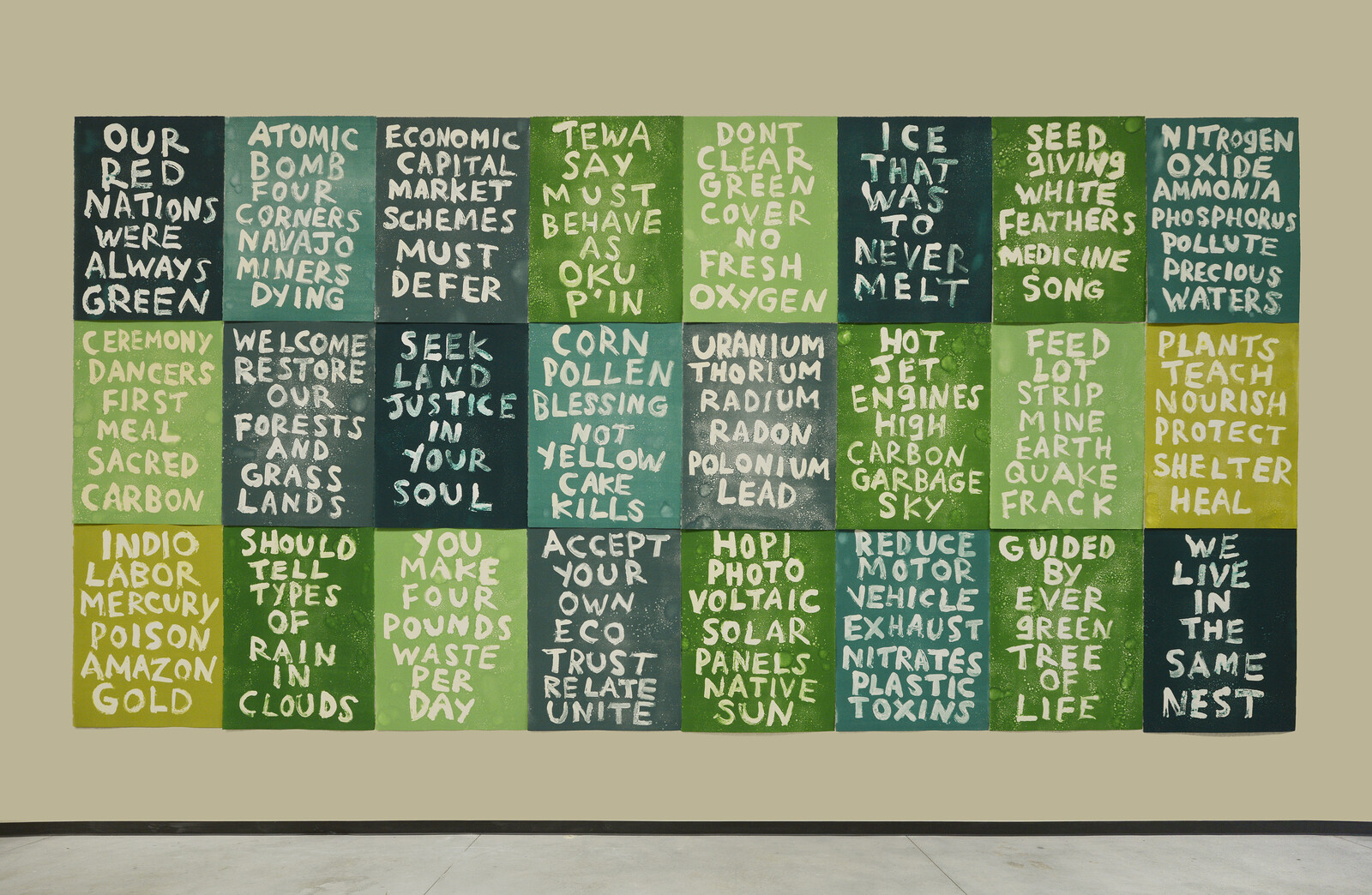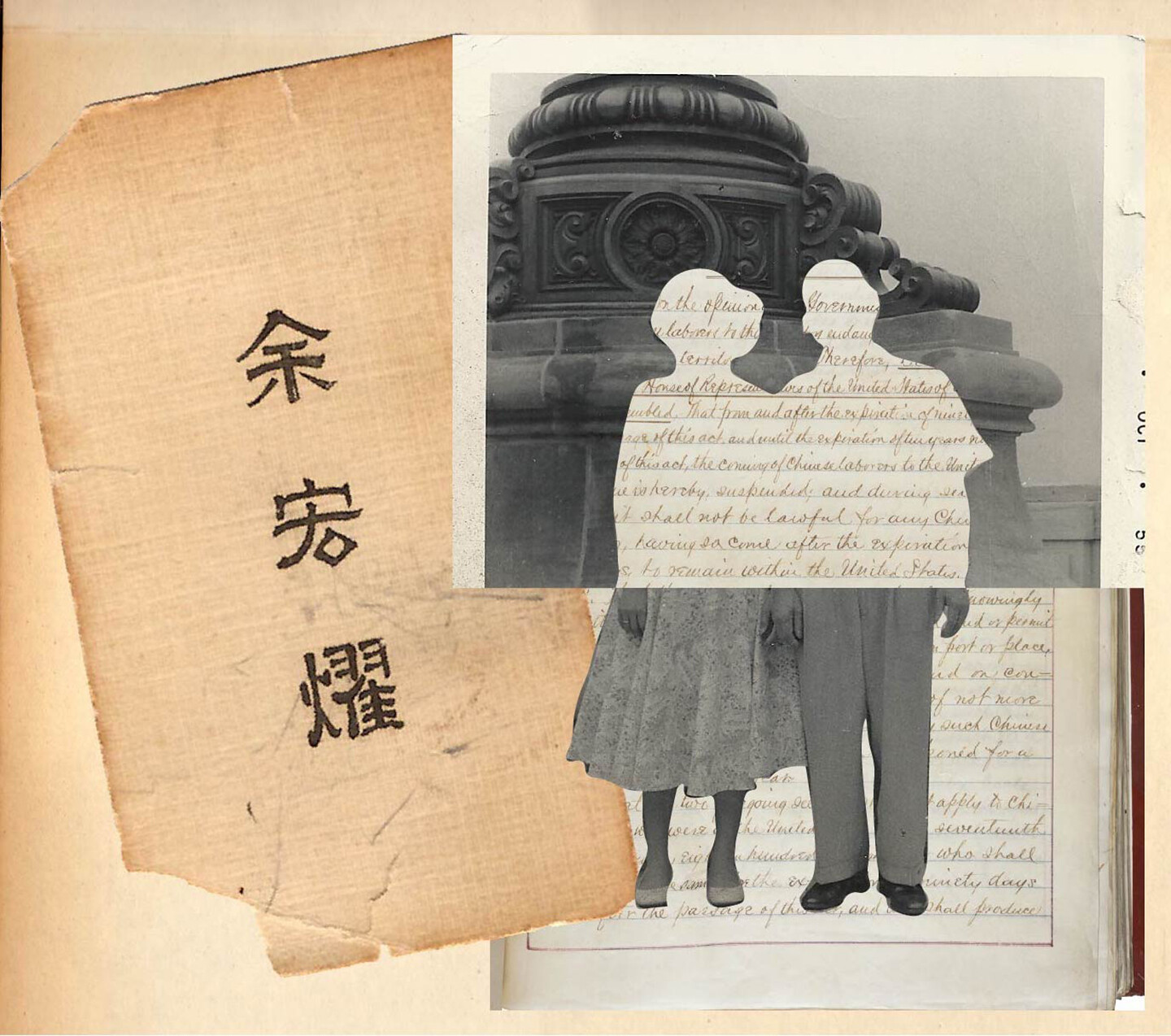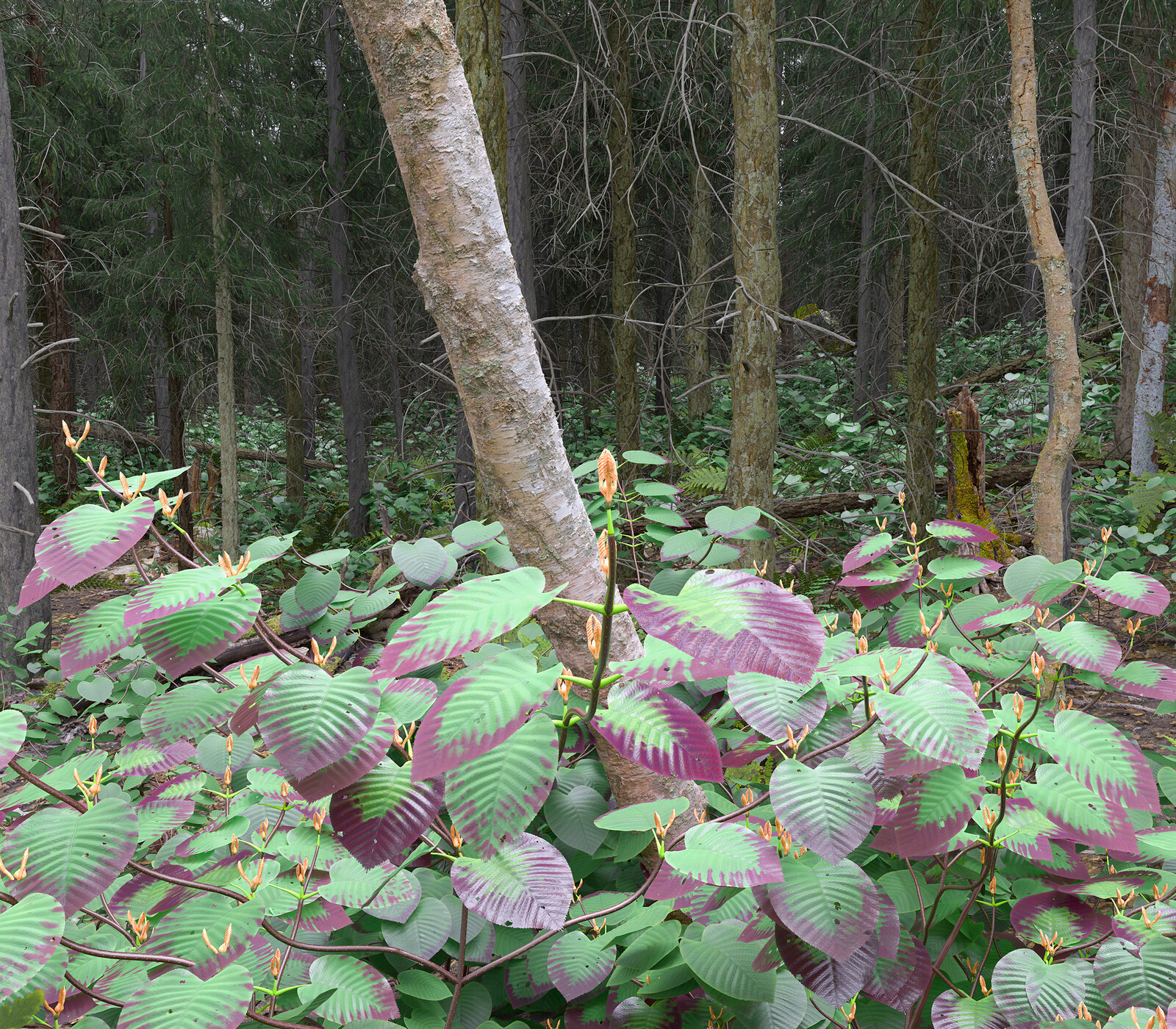My little Tasmanian farm sits at 43° south. At this latitude, we are closer to Antarctica than we are to the top of Australia. The southerlies that crash through in the winter are unimpeded by anything but the angry, ice-sharp whitecaps of the Southern Ocean. When these winds hurl themselves like frost giants at our farmhouse—built in 1885—they make the beams shiver with the cold, but not with fear. This house has tangled with the southerlies for several human lifetimes and, insha’Allah, will do so for at least one more.
I stand in the hallway that runs down most of her length listening to the creak, shake, and groan, and think about the term “refuge.” To be a refugee is to be in need of many things, first among them immediate shelter. A refuge, then, is not just a shelter in place, but also in time. We race for the tree or the awning during a downpour because our need for shelter is immediate. Storms turn the tree into a refuge. Sunlight turns it back into a tree.
The relationship to time might be what most distinguishes a refuge from a sanctuary. Refuges are fast places of immediate shelter. Sanctuaries slow time itself, and exist partially outside of it. They are places of sustained fugitivity against prevailing, longer weather events: the Inquisition, capitalism, ecological devastation. The ends of both refuge and sanctuary are also determined by their relationship to time. The refuge transmutes ordinary reality into shelter in an instant, and reverts just as fast. The sanctuary offers a place for fugitives both in and from time, until it too is ultimately and inevitably reclaimed by the prevailing conditions of reality.
I once stood in the same hallway where I now listen to frost giants rattle the windows like intruders and offered up a prayer to God to save my little farm from the 64,000-hectare bushfire raging a mile away, before seeking refuge in a nearby city. The next year, I was forbidden by the state from leaving my farm for a month as it had refuge status thrust upon it by the narrative of a worldwide pandemic. The farm spontaneously becomes a refuge of its own volition in response to the conditions. But it—in conjunction with humans and other beings—makes sanctuary, in the words of Bayo Akomolafe, as “a modest move in the face of daunting challenges.”1 The communality of the human with the more-than-human defines sanctuary-making. In fact—and here is the source of its discomfort for most people—making sanctuary is a majority non-human activity, as Akomolafe frames it. Nothing transforms on its own, not even ourselves, as much as we want to cast ourselves in the lead role of every drama.
There is powerful medicine in centering the non- and more-than-human. In order to make sanctuary against and away from the world, we are required to see it as something other than simply the place of human doings. This has been The Work of my little permaculture farm so far. Every challenge we as beings encounter—climate change, habitat loss, whatever—is too-often framed as a human drama, requiring exclusively human intervention (or non-intervention if you think climate change isn’t happening). But both these ideas, “even though they are opposites,” as Akomolafe writes, “inadvertently preserve[s] the concept of central human power and are therefore expressions of the same hubris.”2 Until you can decenter the human back into just one kind of being in a community of beings participating in the ongoings of the world—until you can step away from the sort of interventionism that got us into this mess in the first place—you will not finds the gates to the sanctuary. The cloud of anthropocentrism descends upon the sanctuary like a spell. Only the words that led to Akomolafe forming The Emergence Network will lift it. “What if the way we respond to the crisis is part of the crisis?”3
Not in, but with place
It goes without saying that there are sanctuaries in the world that are not little permaculture farms in southern Tasmania. In fact, sanctuaries are never “just” places, but are always made with them. According to anthropologist Tim Ingold, space is an emptiness. It removes all context and inertia. Space is found on European maps of exotic, brown lands—all awaiting their in-filling by settlers. Space is where nothing but the human has happened or ever happens. Space only exists in the empty, machine universe of the nineteenth century scientific imperialism. But places already are, and have their own stories, are their own beings. If we are to make sanctuary, we need to begin by understanding that only place is real and we make sanctuary with places, not in spaces. There are no empty places. Even the space experienced by astronauts is a place.
Returning to sanctuary’s relation to rather than description of a place, there is the obvious example of the home. Home is not a specific place—you can move between them or be without one—but it cannot really be meaningfully encountered without reference to place. It can be a house, a valley, a country, or a planet. It can be and is contested. Consider the neoliberal invasion of middle-class homes across the developed world that happened last year. What began two decades ago with the rise of the Blackberry—your employer being able to reach you after hours—achieved its final culmination in 2020 when your work permanently colonized the rooms where your children play and the tables where they are fed. Home was no longer sacrosanct. It had been breached. Penetrated. And this impact is definitionally colonial because it took your home, rather than paid for it. Your employer did not contribute to the rent or the heating or air conditioning.
At the same time, home—experienced as the place in which you live, be it a city or town—became decidedly unwelcome. Much of it was closed, and even when it wasn’t, became severely restricted and depersonalized; it became literally ghost-town-quiet and faceless. If one could not find refuge at home (excepting those weeks, those months when one was forced to) and could not find it in old, familiar haunts filled with friendly faces, where could we look? Akomolafe writes that “[t]he invitation to make sanctuary today is to acknowledge that we are fugitives, that home is no longer welcoming, and that maybe the ways we often seek to fix our problems are the problem itself.”4 Here the notion of home encompasses complex, multidimensional forms and assemblages, cultural landscapes and places of socioeconomic power. What this means is that our dissatisfaction with it does not always imply the singular solution of, say, finding a bigger house. Our dissatisfaction, our displacement. A viable response to these feelings might be to make sanctuary, a process that begins as soon as you speak those magic words to yourself: “what if the way we respond to the crisis is part of the crisis?”
Home is a place the way “cracks” are places, and it is in them, we learn from Akomolafe, that we make sanctuary. These are cracks in reality, and are when and where “the otherworldly or the not-yet-worldly crashes into the this-worldly.”5 A crack is a site of disarticulation, a pulling apart of familiar bodies. In 2020, a crack appeared in both your home and your cultural understanding of what a home is and must offer. The child going about her lessons became your office co-worker; the place where you feed her became the water cooler. How does one leave the office in this scenario? How do the disarticulated flee this site of trauma? Millions have, of course. Californians fled to Texas and New Yorkers fled to Florida in record numbers. But this is to understand sanctuary in the old way, as a physical departure and an exclusively human activity, a removal of bodies rather than their rearticulation. The crack will still follow you to your kitchen table in Florida, given that the crack in the idea of home is the same crack found in the idea of workplace, which has been permanently altered. But at least the orange juice is presumably more fresh.
Cracks have appeared in medicine (and thus hospitals), in race (and thus the streets of the city), in employment (and thus sites of working-class labor), and politics (and thus voting locations and political houses). These are all potential sites of sanctuary-making that also sometimes have or include physical locations. It is in and with them that we attend.
The Fugitive Temple
Sanctuary is not a place in which to shapeshift, in which to experience disarticulation. The cracks make our bodies “unruly,” and our unruly bodies then make sanctuary in them. You must already be monstrous to pass through the temple gate. Akomolafe is fascinated by the presence of gargoyles atop the entrance to the great holy sites of Europe—where sanctuary and fugitivity was sought for centuries:
I find it important that medieval sanctuaries hung monstrous emblems on their doors to welcome fugitives from the law: perhaps it was an archetypally resonant way of saying “only monsters are allowed in.” Additionally, these sanctuaries acted as release valves – allowing the disarticulated or accused to perform exodus, to exile their bodies away from the traumatic terrain. Making sanctuary appeals to the lower powers, not to empires and palaces. The endgame is not to seek solutions, beg for recognition, or return to the state. The endgame is exile: other sites of power. Elsewheres. Other suns.6
In Courting the Wild Twin, mythologist and storyteller Martin Shaw observes that the world pushes us into poetry by withdrawing something, rather than giving us something. “The greatest poems are not written by the woman who got that last kiss; they are written by the woman who didn’t.”7 There is an alluring optimism in this. Attending to that which made us monstrous is the communal, beauty-making work of the fugitive, but only after she recognizes this, only after she claims sanctuary. Shaw writes that, whether we are religious or not, we are all always serving in some kind of temple. We switch temples multiple times in our life, but we are always serving in at least one. And the temple switching process is rarely a smooth one. “[I]ts passport stamp is usually rupture.” A crack, then.
A place of sanctuary is made by recognizing the human and non-human fugitives who serve in that temple of understanding with you, and coming into relation with them. These beings—arms, mountains, humans, bus shelters, books, ghosts and pasts—all matriculate in this emerging Invisible College.
An idea from Europe’s esoteric traditions that birthed itself into the physical on multiple occasions (including with the formation of the Royal Society), the Invisible College is/was a collection of scholars, artists, and magicians devoted to the clandestine exploration of concepts and beings that had been made fugitive by the times: an hermetic universe of living beings; a cosmos that is alive with sense-makings and agendas of stars, angels, plant spirits, and forbidden saints. I make sanctuary in and with the Invisible College to shed light on all those beings and concepts that were made fugitive by academia’s materialist-naturalist turn. Not only because alchemists presumably throw the best frat parties, but in order to literally re-haunt the truth-making process that gave rise to so many cracks in the first place.
In its original conception, the Invisible College was only open to human students. Today rivers, oil spills, and collective traumas also attend—all beings dedicated to and excited by the communal process of sanctuary-making work-play. This is what comes of inviting the wizards back onto the campus.
What We Do in the Shadows
After the disarticulation that is the crack, sanctuary-making is in many ways a rearticulation of earlier anarchist concepts of temporary autonomous zones and even counter-economics, only now with revised goals (and a wider understanding of the pitfalls of having prescribed goals in the first place). This is crucial to understand. It is the sole question on the Invisible College’s entry exam. What do we do when doing itself is fraught?
To arrive at a sanctuary with a map is to arrive at the wrong place. The very thinking that gives us interventionism, organizationalism, something-must-be-done-ism is what we are making sanctuary against. To-do lists are exclusively human and making sanctuary is the recognition that we are now a minor player in the universe’s inertia. If you show up to the gates of the Invisible College with the belief that what everyone really needs is better organization, or more competent experts making clearer roadmaps, then you are still in a body that has yet to be disarticulated by the dominant worldview. You still think the solution to the failure of human solutionism is more human solutionism. You are still in the world of answers to existing questions.
Sanctuaries—certainly the Invisible College—are places of experimentation. Akomolafe emphasizes that “being research” is not about individual actions but collective ones. Collectives of research and experimentation. If the way in which we discover true things is part of the crisis, then we must explore new ways of discovering true things and, by definition, this means the inclusion of the non-human. This is the experimentation. Coming into relation with the agency of beings outside (and inside) the human: thinking with forests; colluding with slag heaps.
The anthropocentric response to our many urgent crises is to move faster, to outrun them. This is human thinking. You cannot outswim a great white shark. The faster you swim, the more you flail, the more interested it becomes in pursuing you. To think with a shark, to think with the ocean requires slowing down. That way, you stay an oddity in which the shark is briefly curious, and do not become food it must instinctually chase. Applying shark thinking to Akomolafe: “The idea of slowing down is not about getting answers,”—getting away from the shark—”[i]t is about questioning our questions.”8 Do you want to “get away” from the shark, or do you want to “avoid being eaten” by the shark? The difference between the two is between a universe where only human action matters, and one where human agency is just one of the agentic forces operating in the world, including the shark itself and other oceanic critters that may attract its curiosity away from you. To be clear, the shark may still eat you even if you slow down and become a mere novelty rather than a guaranteed snack—that is its business. But it will chase you if you try to outpace your rapidly-arriving crisis.
The act of slowing down opens up our awareness that humans are not the only ones who act upon the world. “[A]s if the world were external to our actions, or as if we were external to it, we are the world in its ongoing action-ing.”9 In our race to be more urgent than our many urgencies, we lose sight of the many beings, allies, and resources who are in relation to us and share our crises. It is this slowing down and relational experimentation that makes it impossible to posit, by definition, any further universals in the sanctuary-making process. To have a human come up with a map of things that happen in sanctuaries is precisely the thinking we leave with the gargoyles by the door. Your context, the beings with whom you are in relation—your mountains, your histories, your spirits, your traumatic legacies, your colonialisms—are the participants in your experimentation. The Invisible College is not united by a curriculum of shared, discovered facts, but a shared process of discovering:
I dream of a translocal network of making sanctuary, a sharing of recipes, a gift network of posthumanist inquiry that beats with the pulse of decolonial emancipation, with a weird politics that is not committed to subjects but to flows and fields, and with the electrifying promise of the otherwise.10
The trick to farming—besides avoiding historic forest fires and Antarctic gales—is to know where you are in the cycle. If you plant tomatoes in late autumn you will harvest nothing. Similarly, where we are in the cycle of western civilization—whatever that is—can hardly be considered early spring. We are literally at the harvest of all things. It has been organizationalism and interventionism and the belief that the effects of techno-solutionism can be erased by more techno-solutionism that has got us to this point. Akomolafe’s dream of a translocal network of sanctuary making—indeed, sanctuary making in general—is not spiritual bypass. It is rather a confrontation with the reality of the harvest, of the accumulated inertias that surround and beset us. Speed is met with slowness, bigness met with smallness, dourness met with joy. It is a courageous confrontation of what cannot now be accomplished and a joyous exhortation toward what can.
Everyone experiments in college. And in the Invisible College, those experiments can birth strange temples, alchemical monsters, and nighttime suns—all of which will play their part in what happens next.
Bayo Akomolafe, “A Rehearsal of the Concept of Making Sanctuary,” The Emergence Network, 2019, ➝.
Ibid.
Rochelle McLaughlin et al., “Part II: What if the Way We Respond to Crisis is Part of the Crisis? With Bayo Akomolafe,” VoiceAmerica, January 12, 2017, ➝.
Bayo Akomolafe, “Coming Down to Earth: Sanctuary as Spiritual Companionship in a Time of Hopelessness and Climate Chaos,” Bayo Akomolafe, 2020, ➝.
Akomolafe, “A Rehearsal.”
Ibid.
Martin Shaw, Courting the Wild Twin (White River Junction: Chelsea Green, 2020).
Bayo Akomolafe, “A Slower Urgency: We Will Dance With Mountains,” Bayo Akomolafe, 2017, ➝.
Ibid.
Akomolafe, “A Rehearsal.”
Survivance is a collaboration between the Solomon R. Guggenheim Museum and e-flux Architecture.
